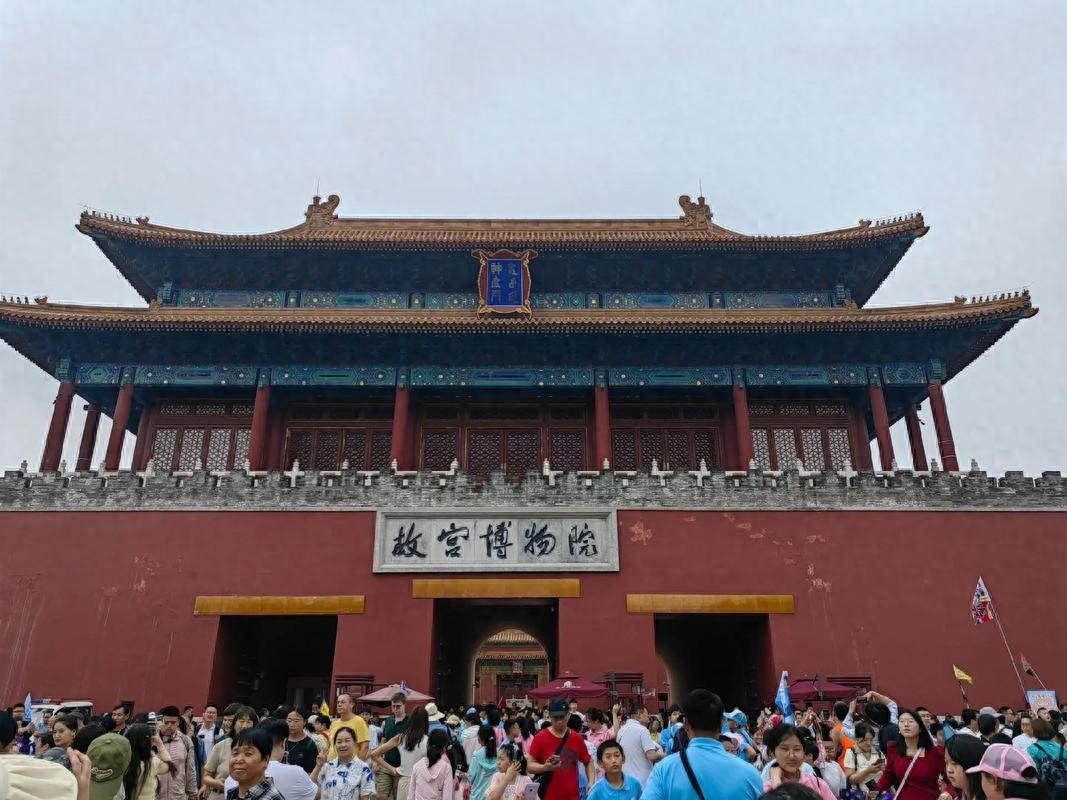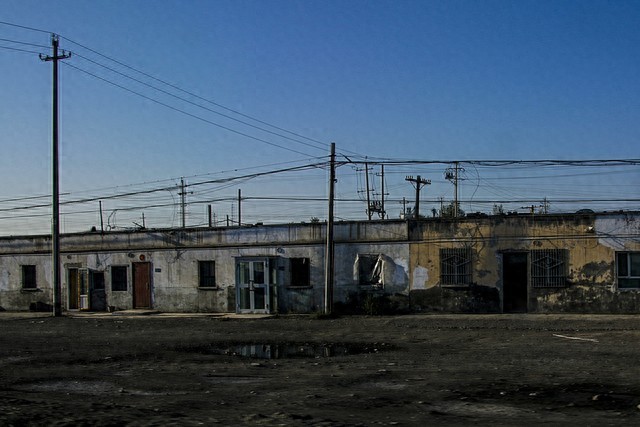Strategy Guide
Did you know there is a town called Shengfang near Tianjin? It is the most unlikeable town.
In the southwest of Tianjin, there is a small town called Shengfang. Shengfang is a famous place because it has a long history, especially on the eve of the liberation of Tianjin, when millions of lions gathered in Shengfang; it is also a less famous place because there are many larger cities and important towns around it.
Shengfang is indeed a town, but it is the least like a town, but more like a county town. In my impression, many towns in Hebei, including Tianjin, have a main street along the main road, which is quite lively, and other places are mainly bungalows. However, Shengfang does have a large built-up area, which is like a county town. It has everything that a county town should have, even a quasi-three-star hotel like Lavande, which is not available in ordinary county towns!
Shengfang is less than 50 kilometers away from downtown Tianjin, and Xiqing and Jinghai are even closer. It takes at most an hour to drive there. If you have a half-day to spare, or don't want to go to a crowded place during a big holiday like National Day, Shengfang is really a good choice.
Attractions:
1. Dabei Zen Temple
The most famous and worthwhile temple in Shengfang is Dabei Temple. This temple is really big. Although there is no official data, it seems to me that Dabei Temple is the largest temple in the surrounding area with the most complete halls. In addition to the Heavenly King Hall, the Great Hall, the Hall of the Guardian Goddess, the Hall of Medicine Buddha, etc., which are common in other temples, the most impressive ones are the Guanyin Pavilion, the Ancient Buddha Hall, the Ten Thousand Buddhas Building, the Arhat Hall, etc.
The memorial archway with the words "Dabei Shengjing" inscribed in front of the main gate of Dabei Zen Temple
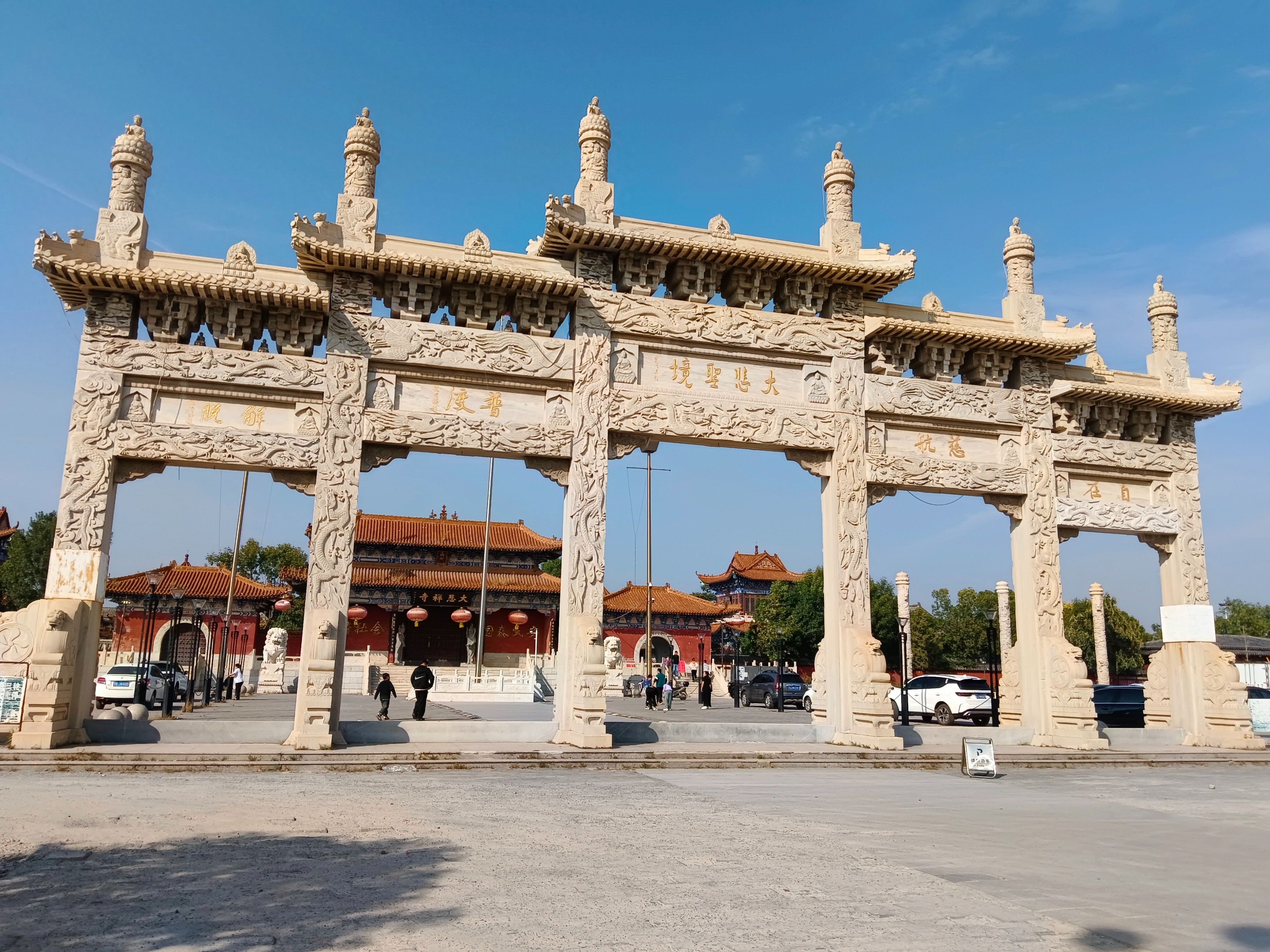
In order to avoid the crowd, I could only shoot the main entrance diagonally.
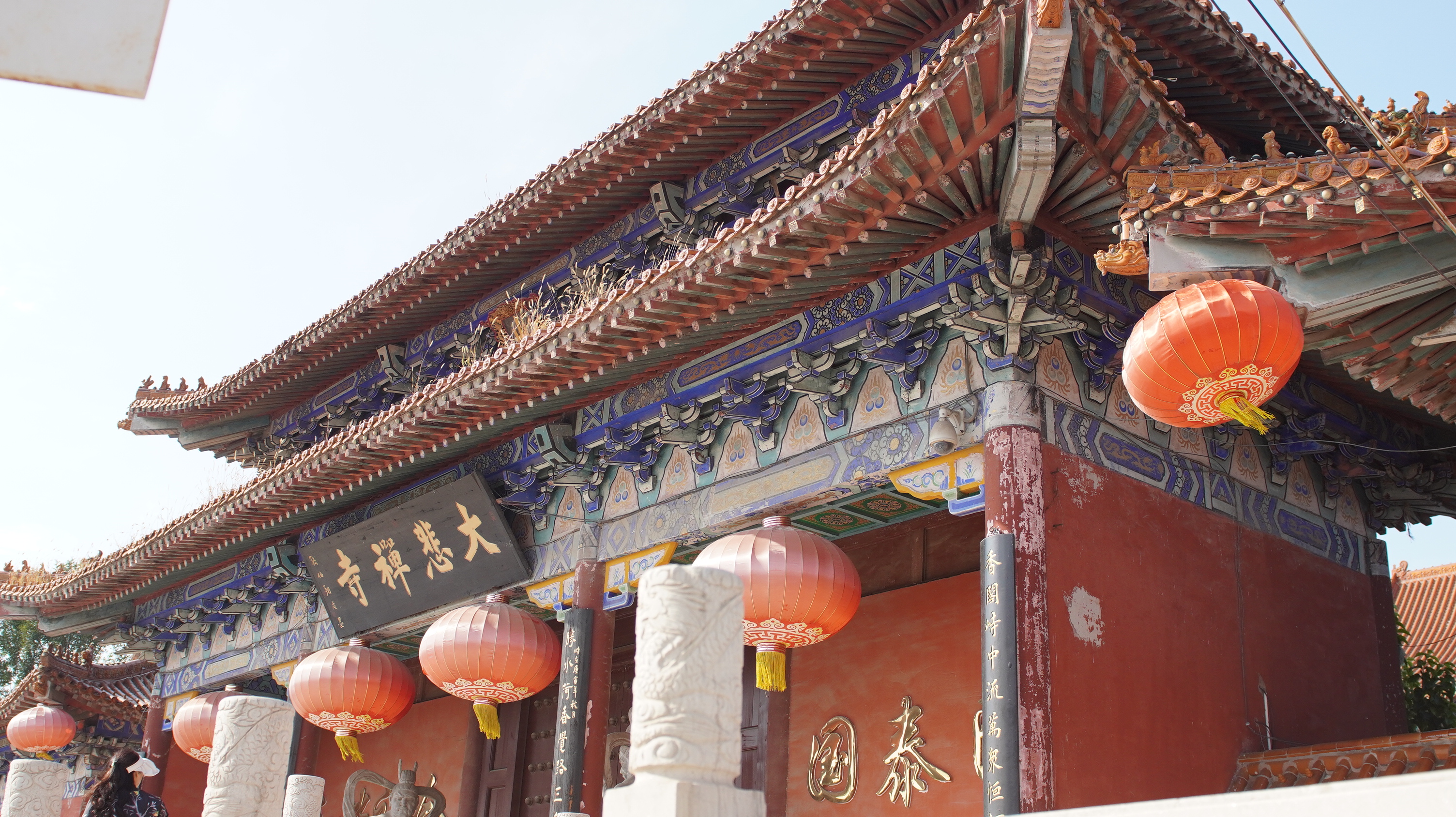
On both sides of the main gate there are white marble pillars like the Tiananmen Huabiao - the Nine Dragon Pillars, which are really rare.
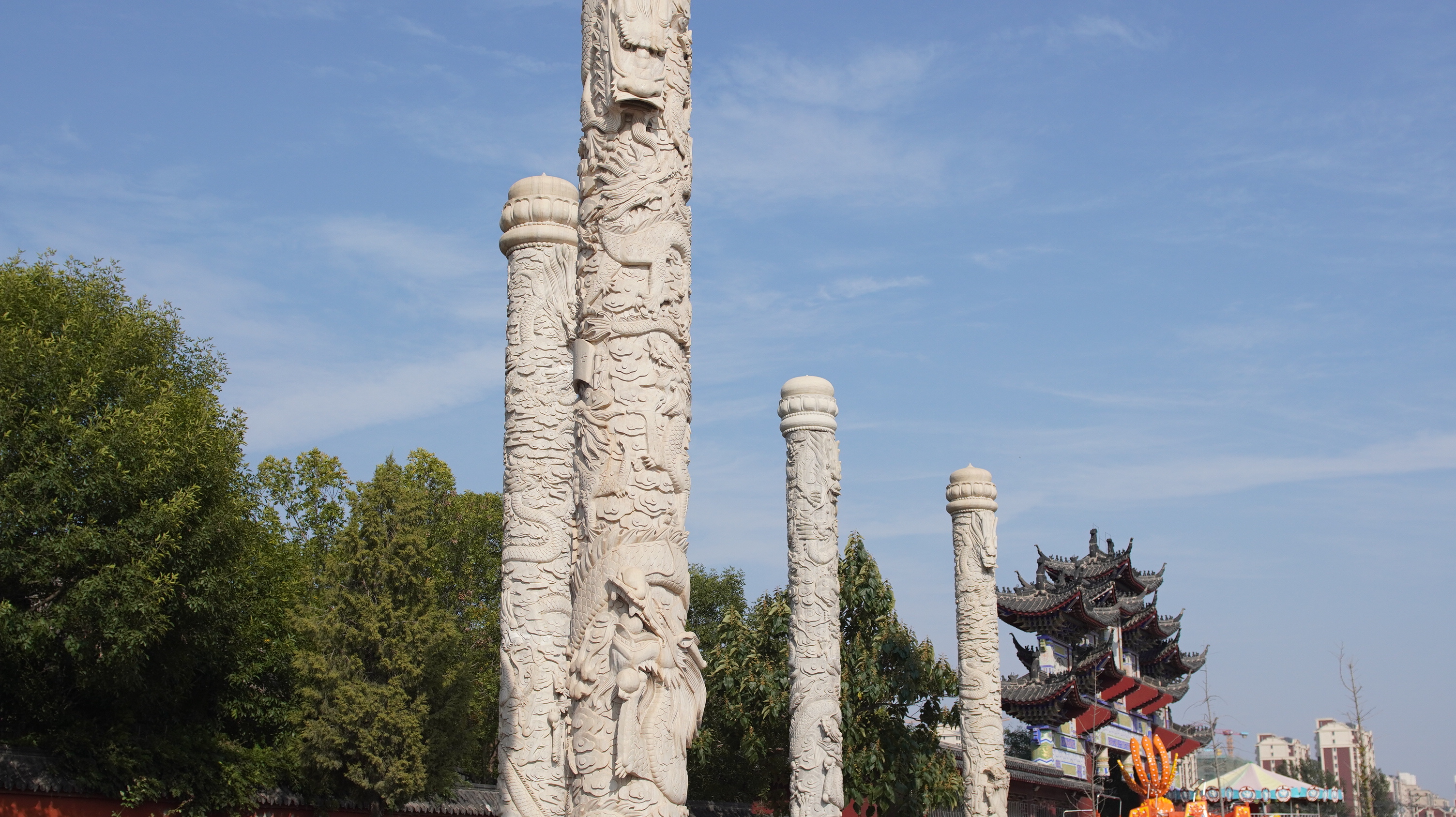
Entering from the main gate, the first thing you see is the Heavenly King Hall. Like most temples, to the west of the Heavenly King Hall is the Drum Tower.
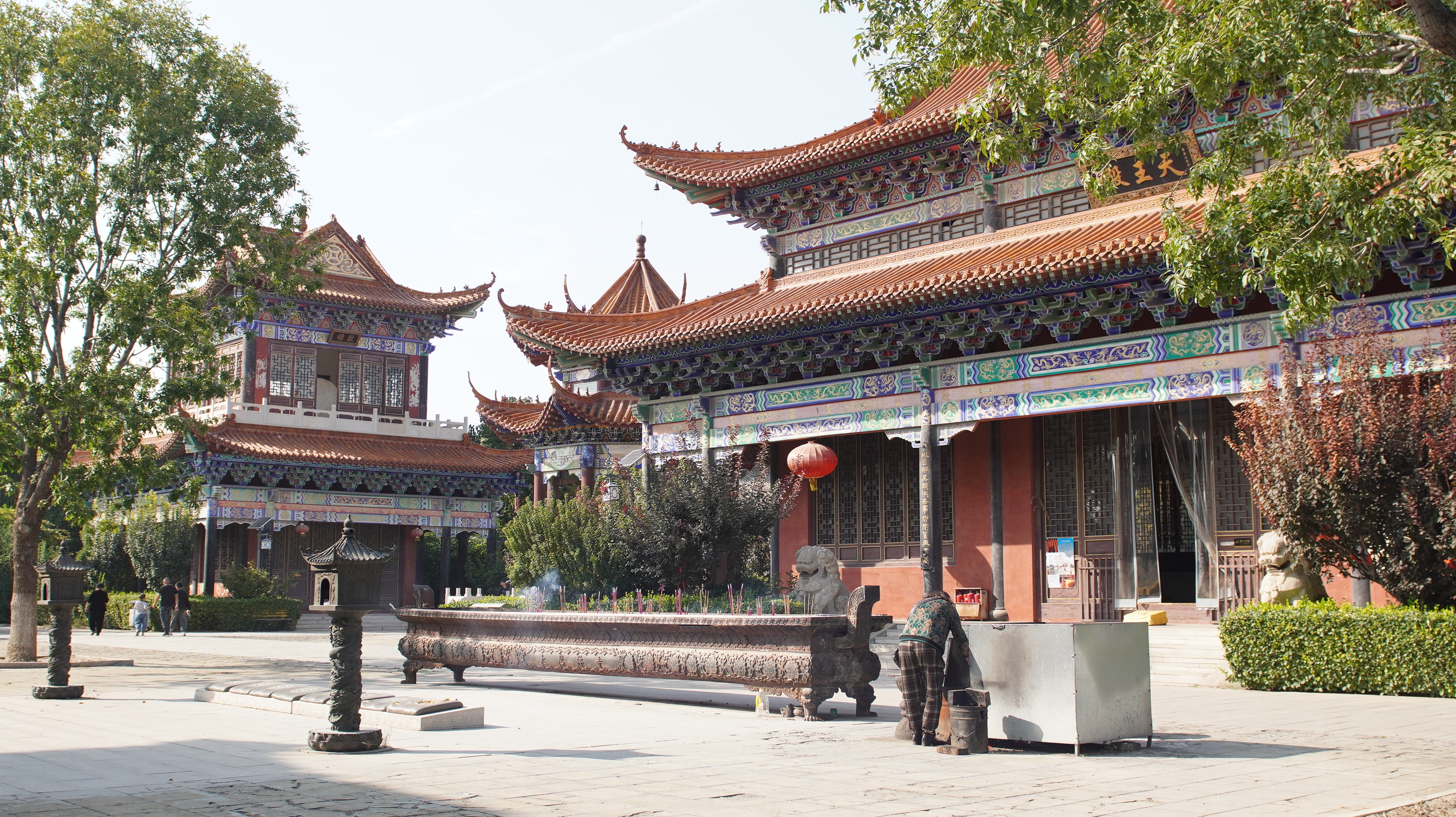
The bell tower is on the east side
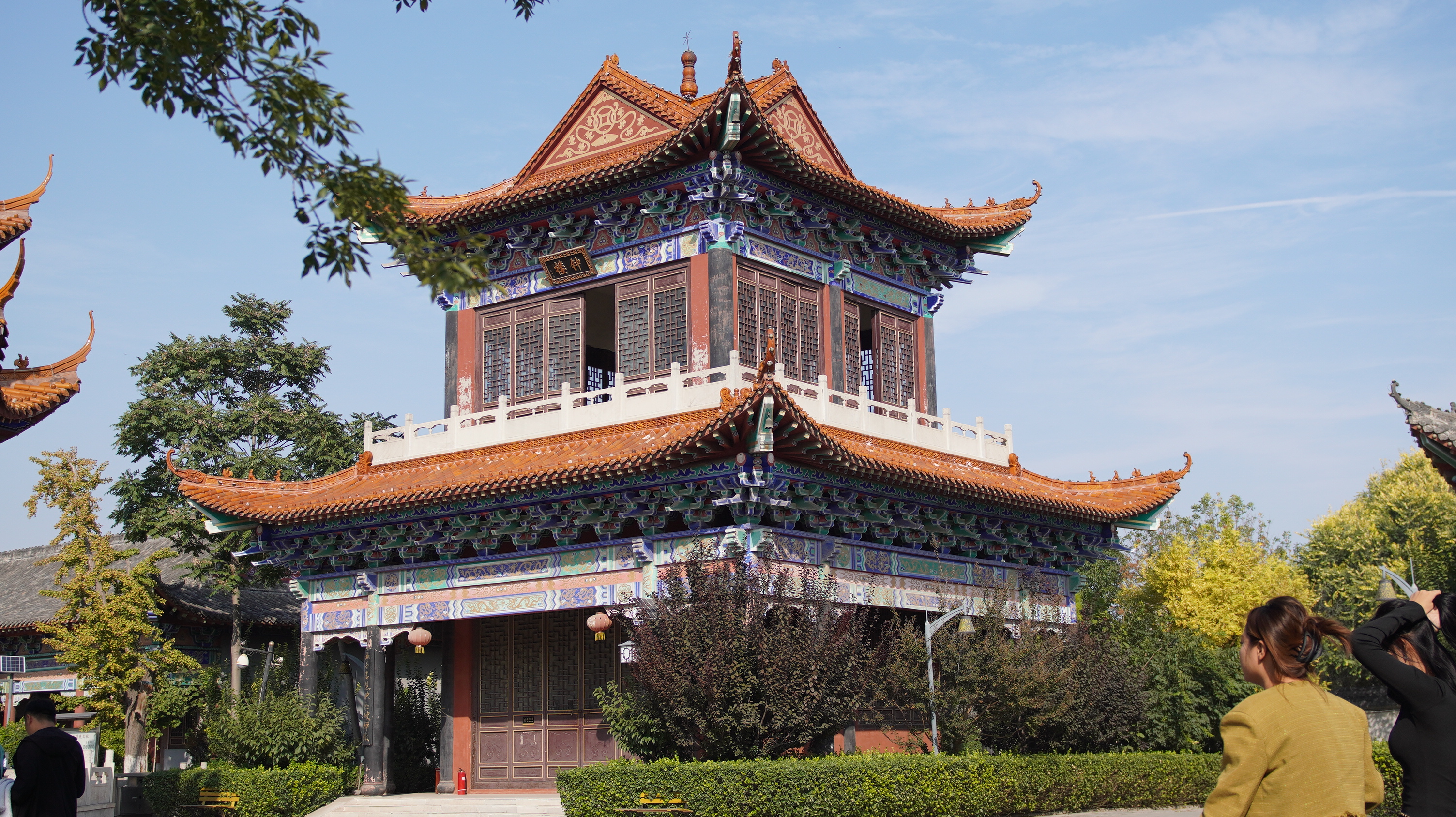
There are two octagonal pavilions on both sides, which contain huge stone tablets, recording the names of Dabei Zen and some donors.
I looked for a long time but still didn't understand. The roofs of the buildings here are mostly octagonal and facing upwards. The architectural style is more like that of the south, but the colors of the south are not mainly red and yellow. Are there any friends who understand and can explain it to me?
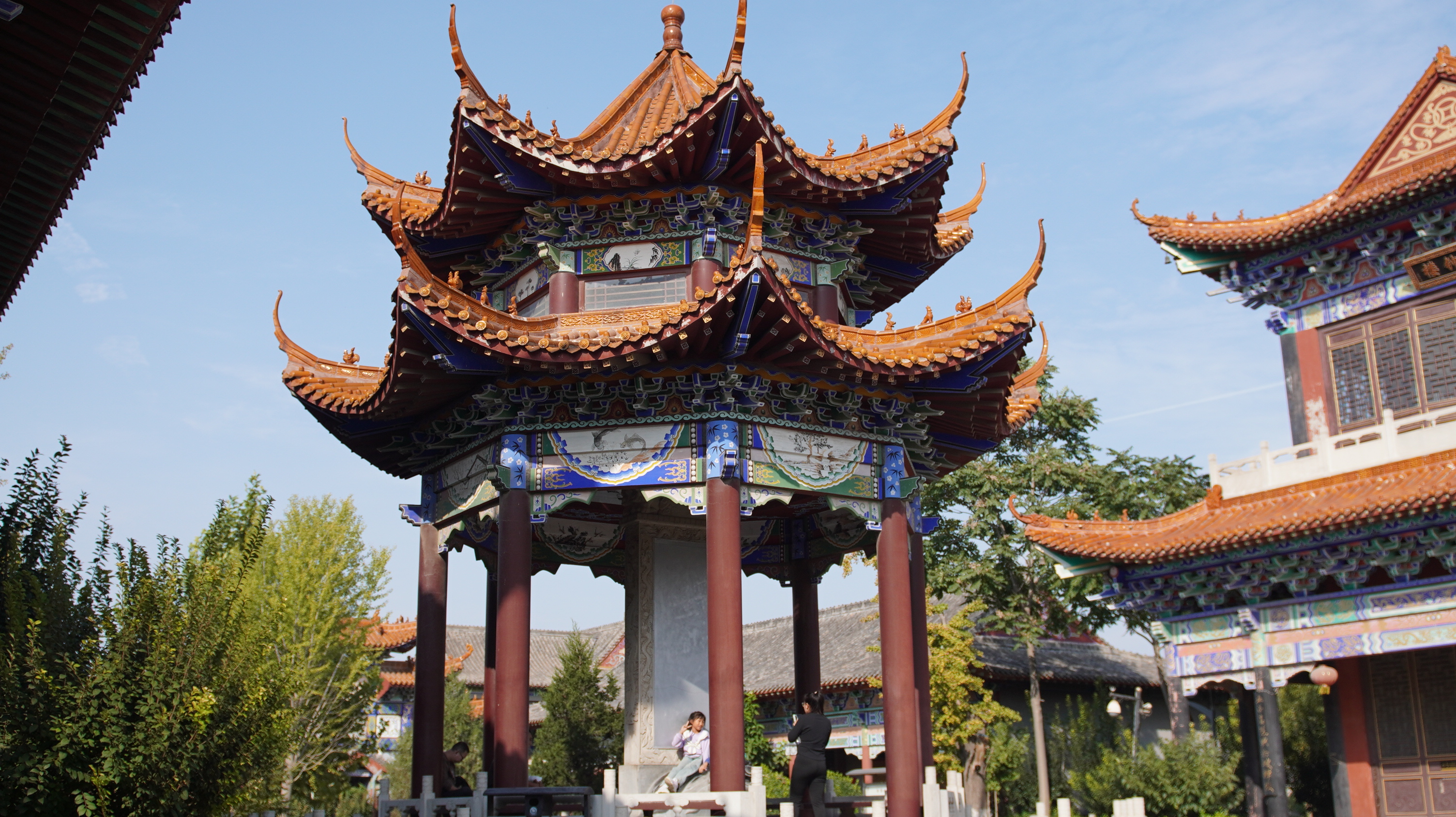
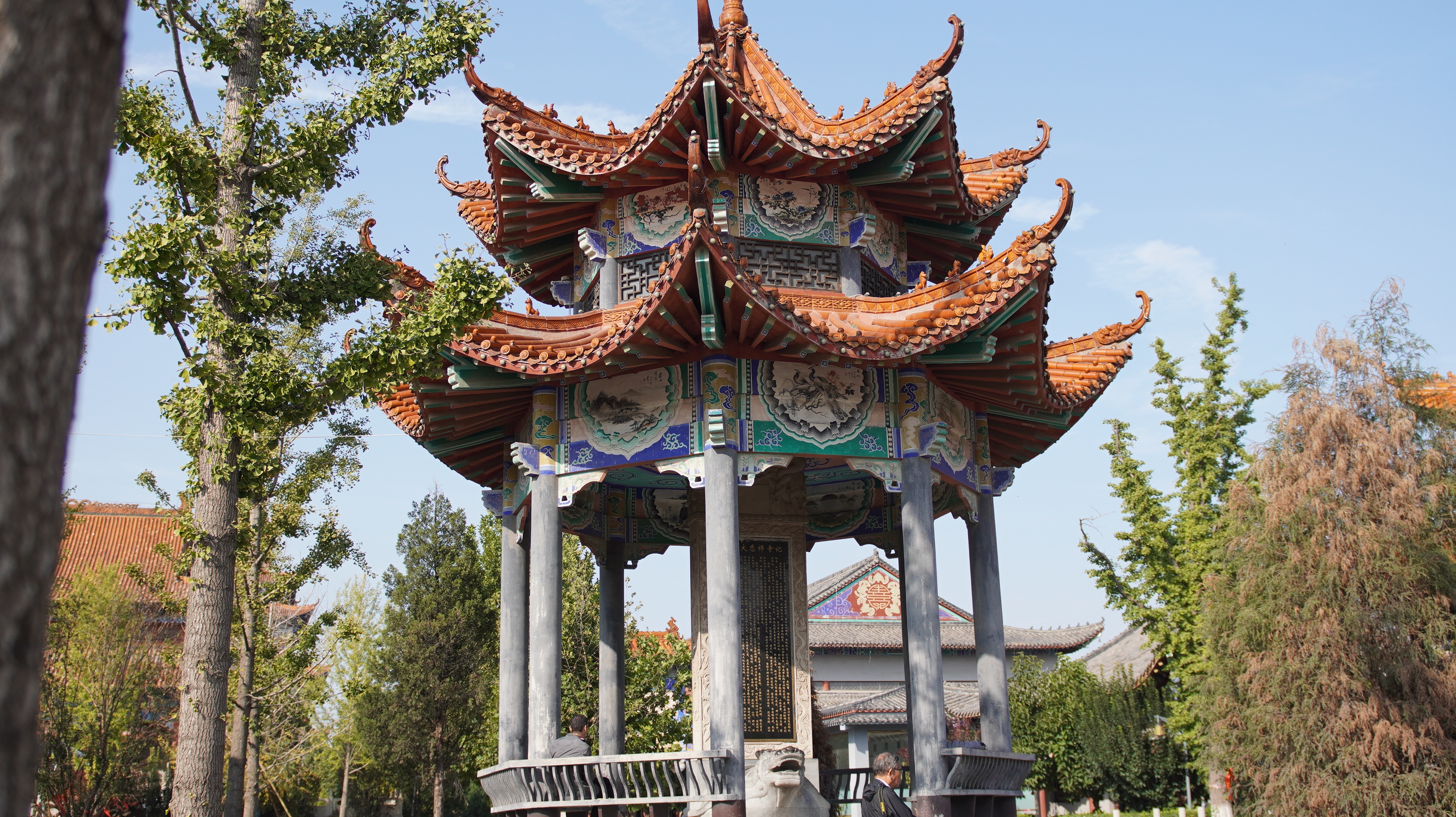
Behind the Hall of Heavenly Kings is the Guanyin Pavilion, outside of which are the Four Heavenly Kings guardians, and around it is a lotus pond.
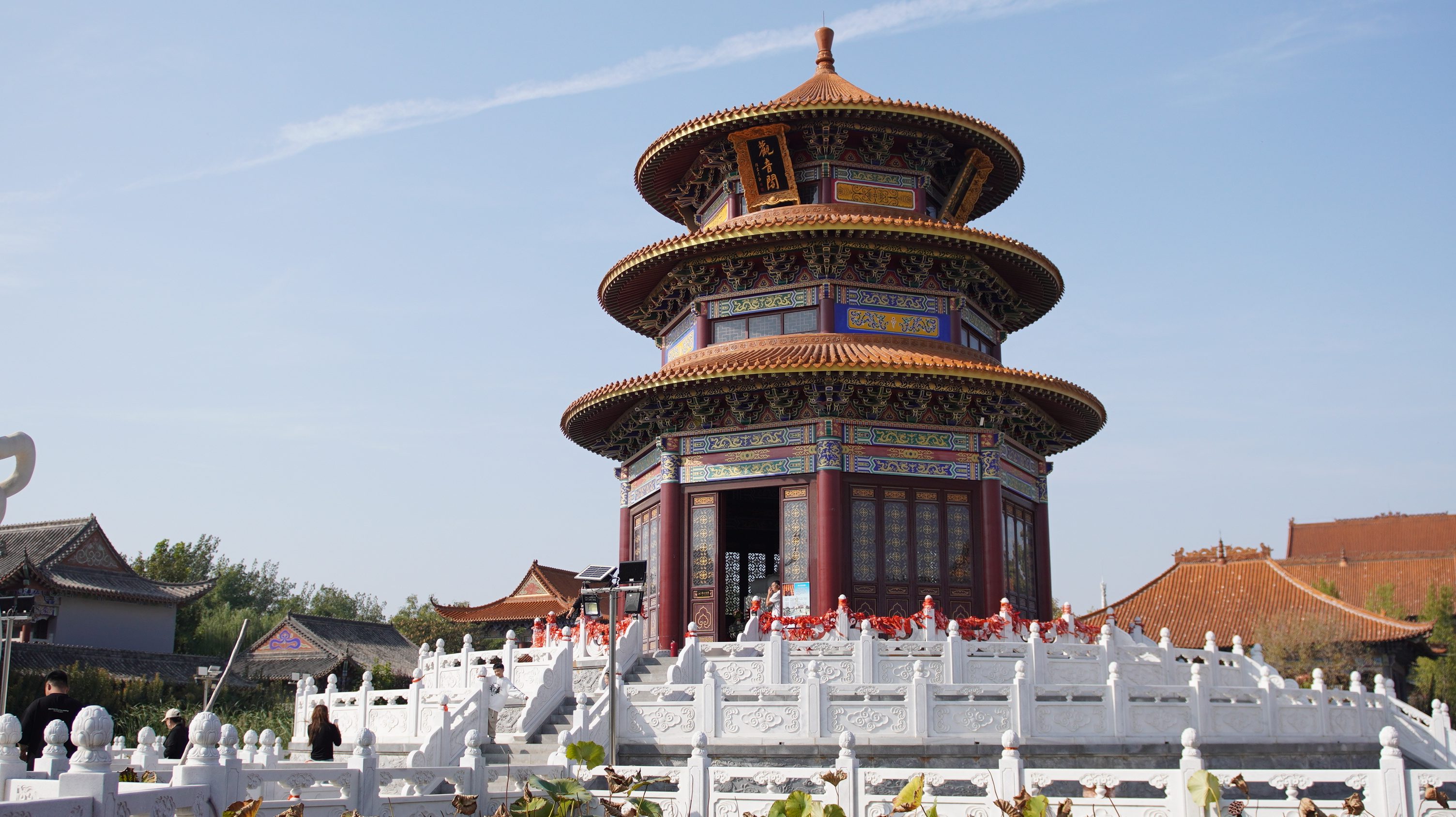
Behind the Guanyin Pavilion are the Ancient Buddha Hall, the Main Hall and the Ten Thousand Buddha Tower. The most spectacular one is the Ten Thousand Buddha Tower, which has three floors and houses more than 11,000 Buddha statues, a rare sight in the country.
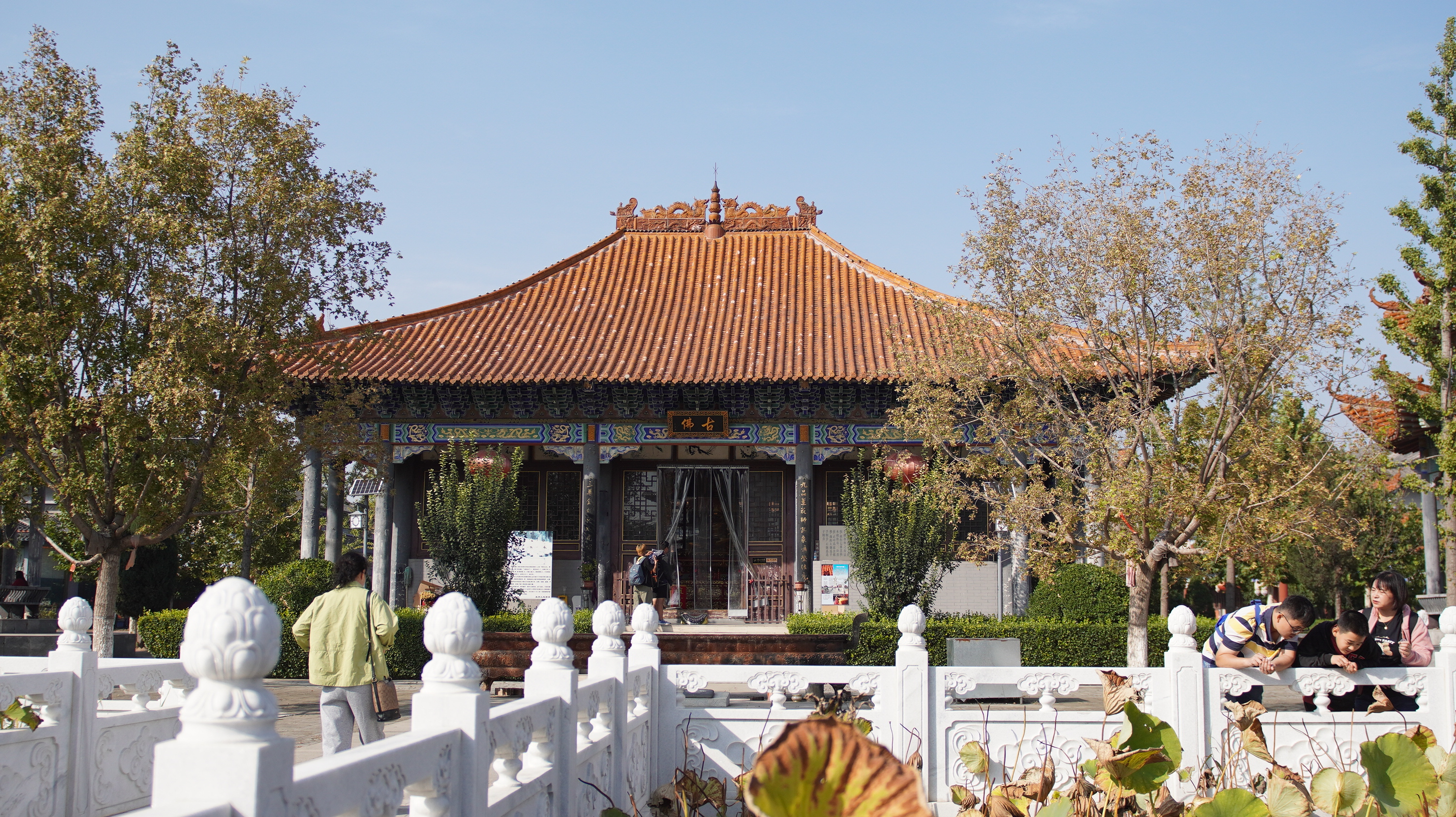
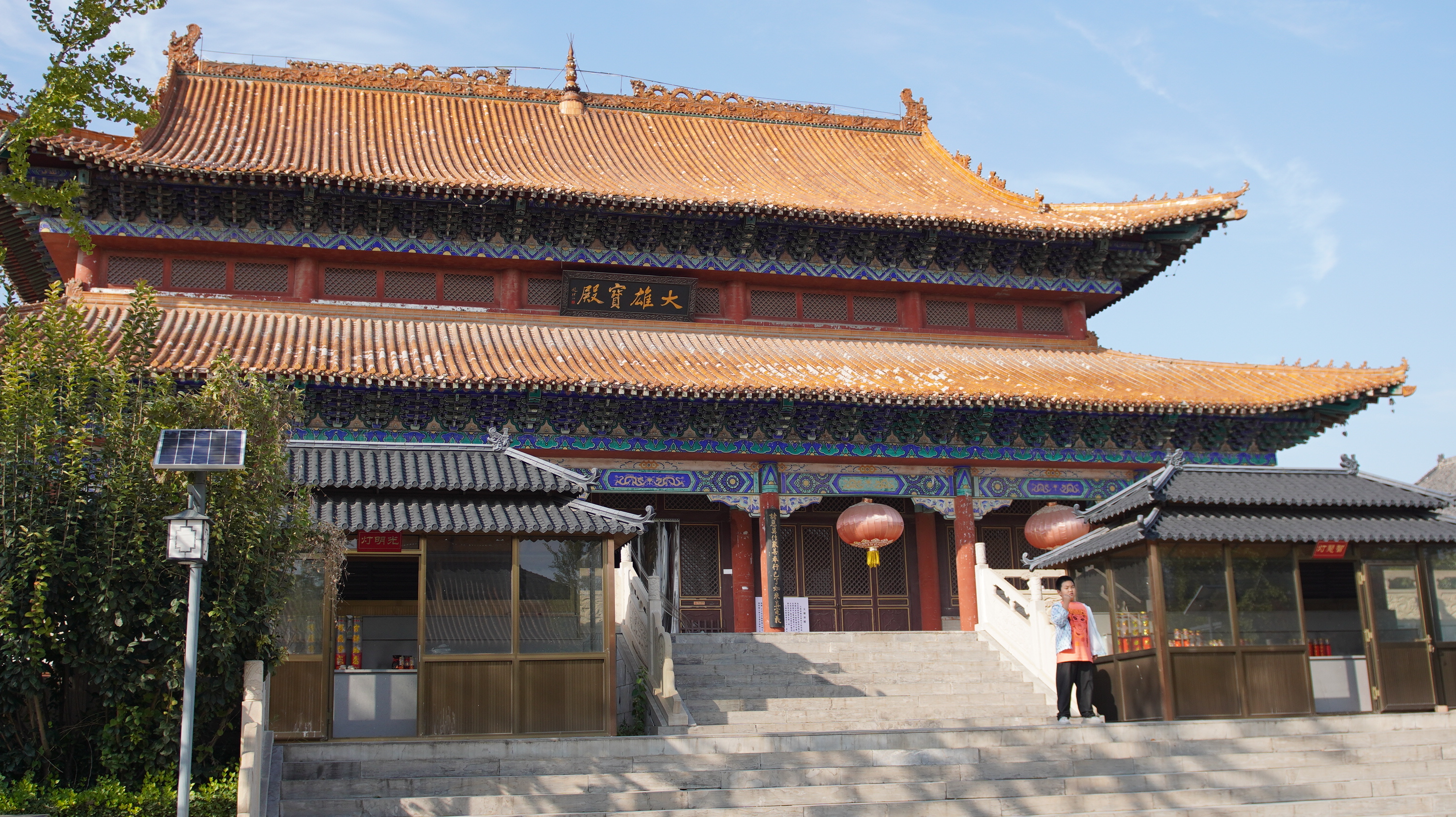
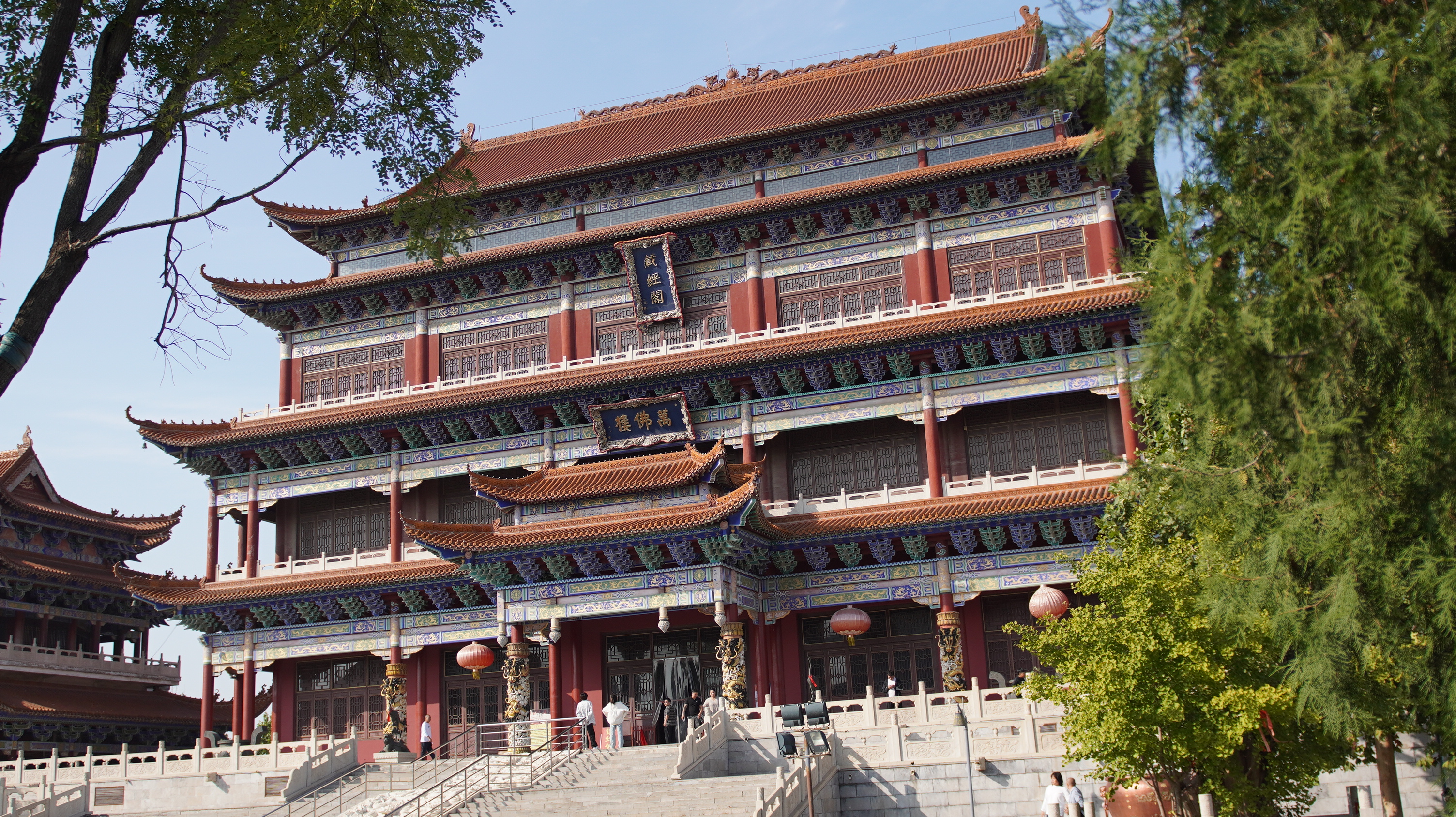
Starting from the main gate, the Heavenly King Hall, Guanyin Pavilion, Ancient Buddha Hall, Mahavira Hall, and Ten Thousand Buddhas Building are the main halls on the central axis of the entire temple. There are also Medicine Master Hall and Jialan Hall on both sides of the main hall. The less common one is the Arhat Hall, which is said to enshrine 500 Arhats (the first one you see when you enter the door is Jigong). There is also a very interesting local custom - counting Arhats. There are about three ways to count. No matter which counting method you use, count the Arhat corresponding to your age, remember the number under the Arhat, and then find the corresponding number at the door. There will be a brief introduction and some words of the Arhat in the drawer. Take it home and slowly comprehend it. The activity is held once a year.
Archways on both sides of the central axis
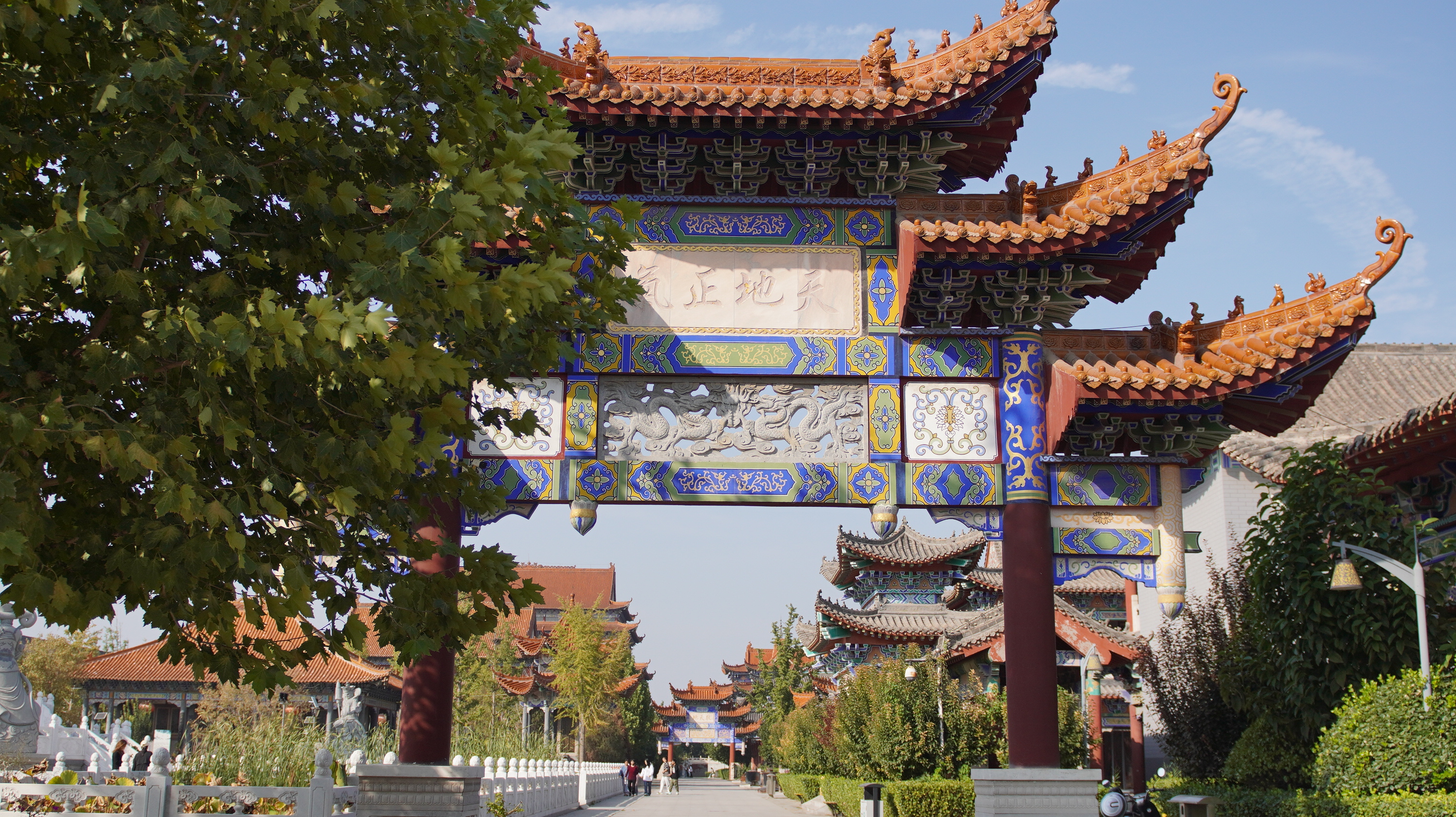
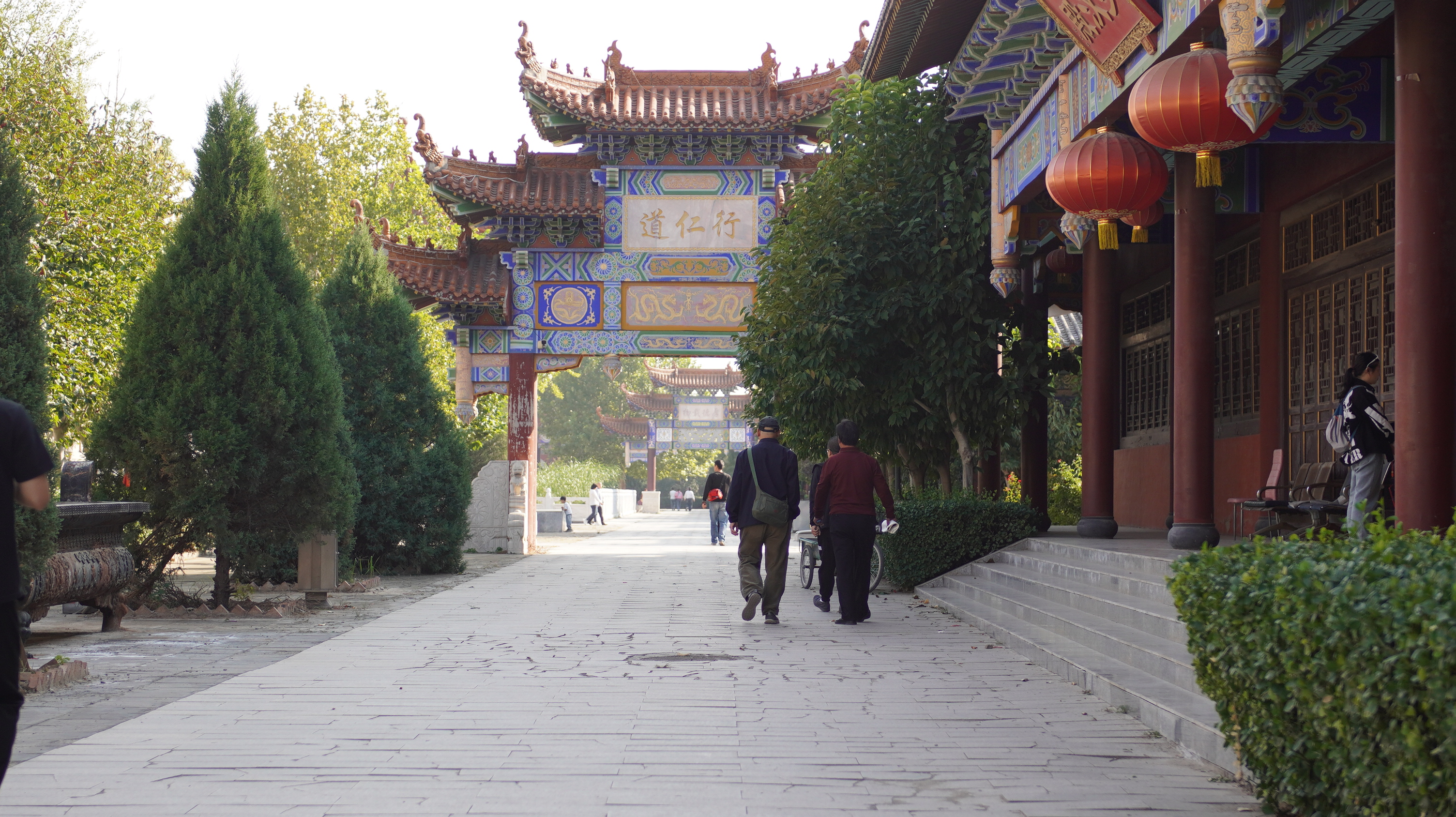
To the east of the Wanfo Building is the Abbot's Building, and to the west is the Upper Guest Hall, which can only be described as magnificent.

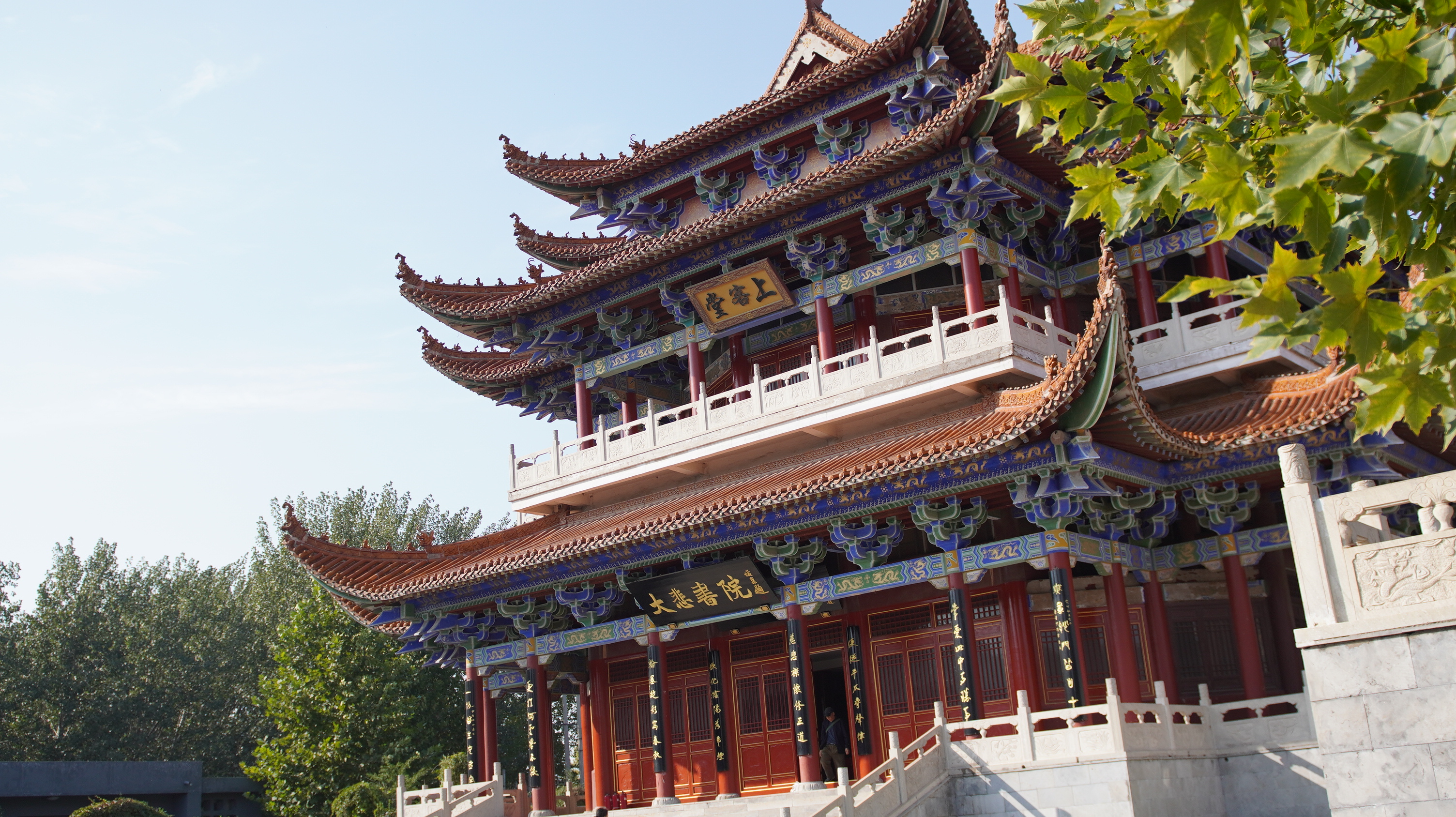

2. Wang Family Courtyard
Wang Family Courtyard is in the ancient town, about 3 kilometers away from Dabei Zen Temple. It is recommended to drive directly to Wenchang Pavilion. There is a large parking lot near Wenchang Pavilion. The roads in the ancient town are narrow and difficult to park. There are several small parking lots on the street, which are difficult to park and charge 20 yuan. Although there is no time limit, you can't visit these attractions in the ancient street for more than two hours, which feels quite expensive.
The compound is not large and part of it was demolished after the Tangshan earthquake. Currently only two small courtyards remain, in the northeast and northwest, which are of Chinese and European style respectively.
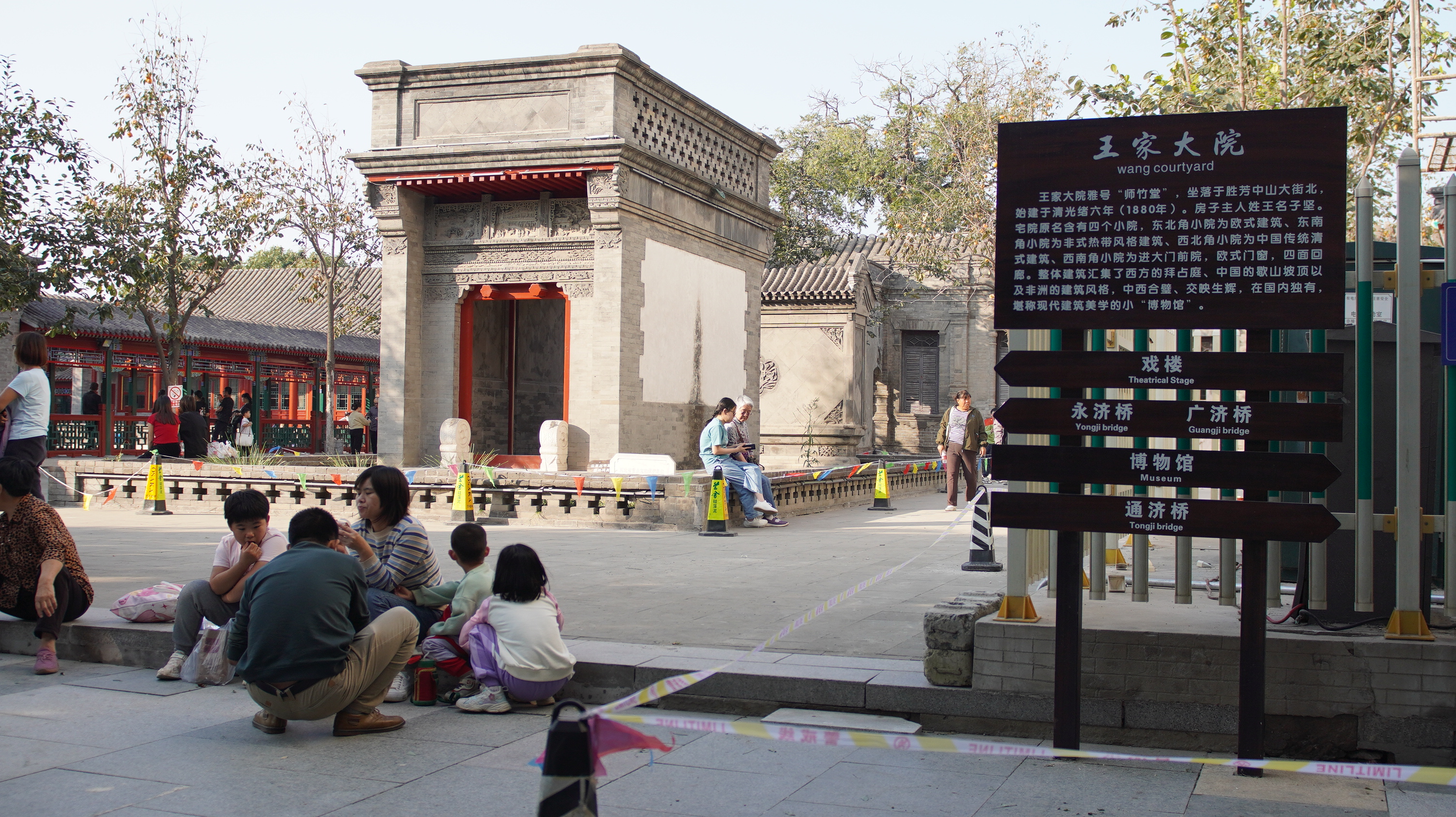

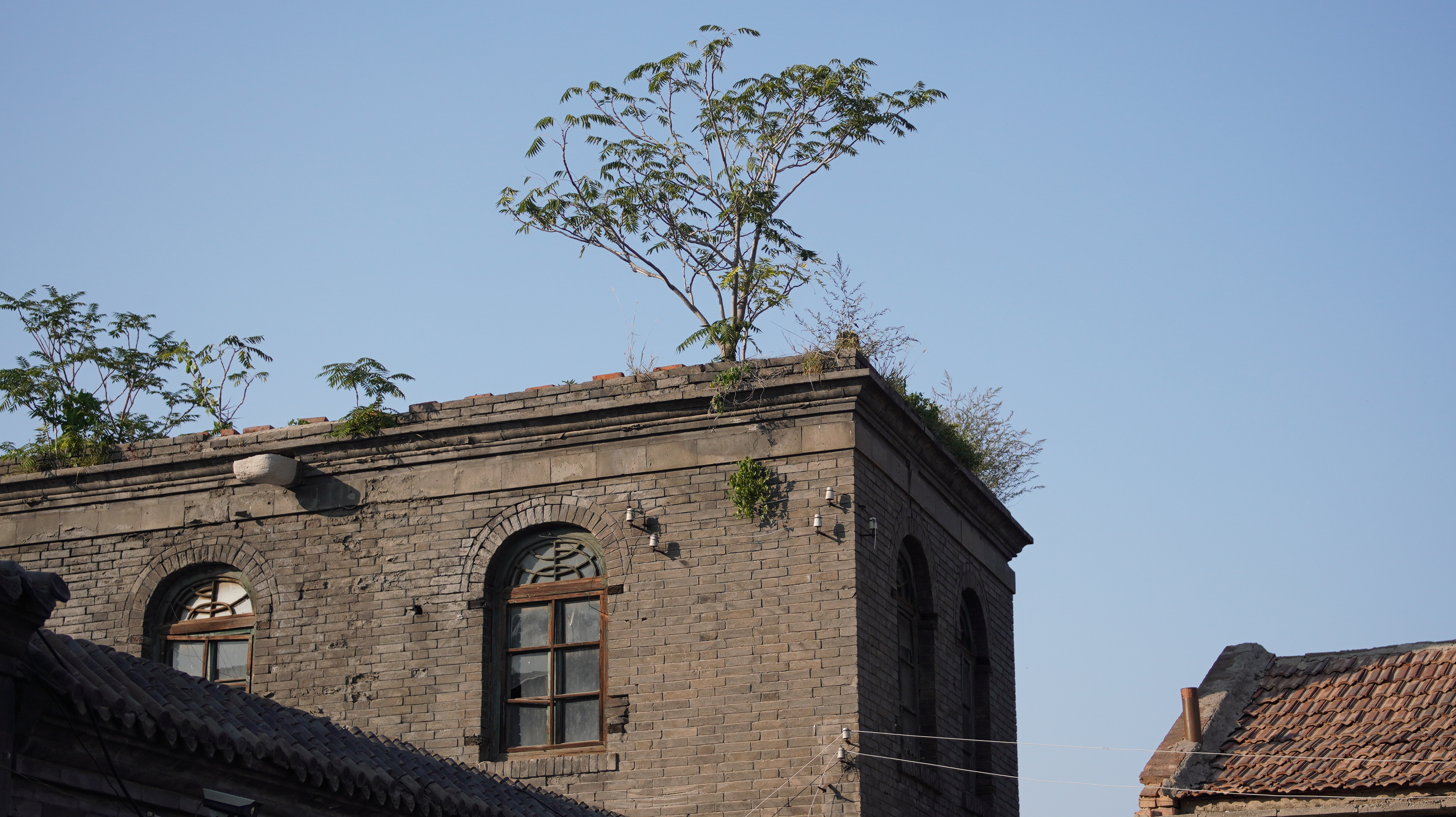
It is free to enter the compound, but you need to swipe your ID card or scan the QR code with WeChat
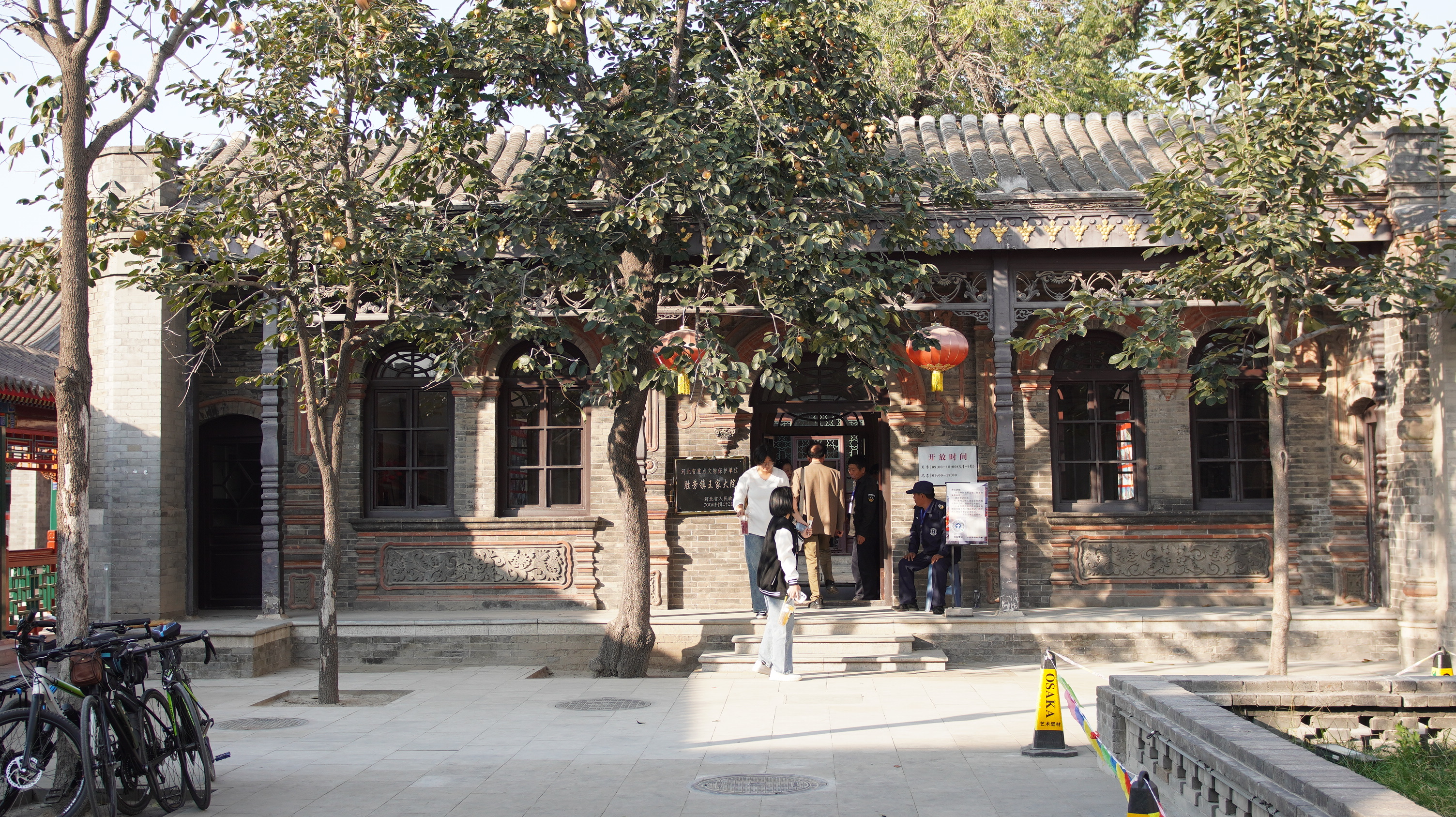

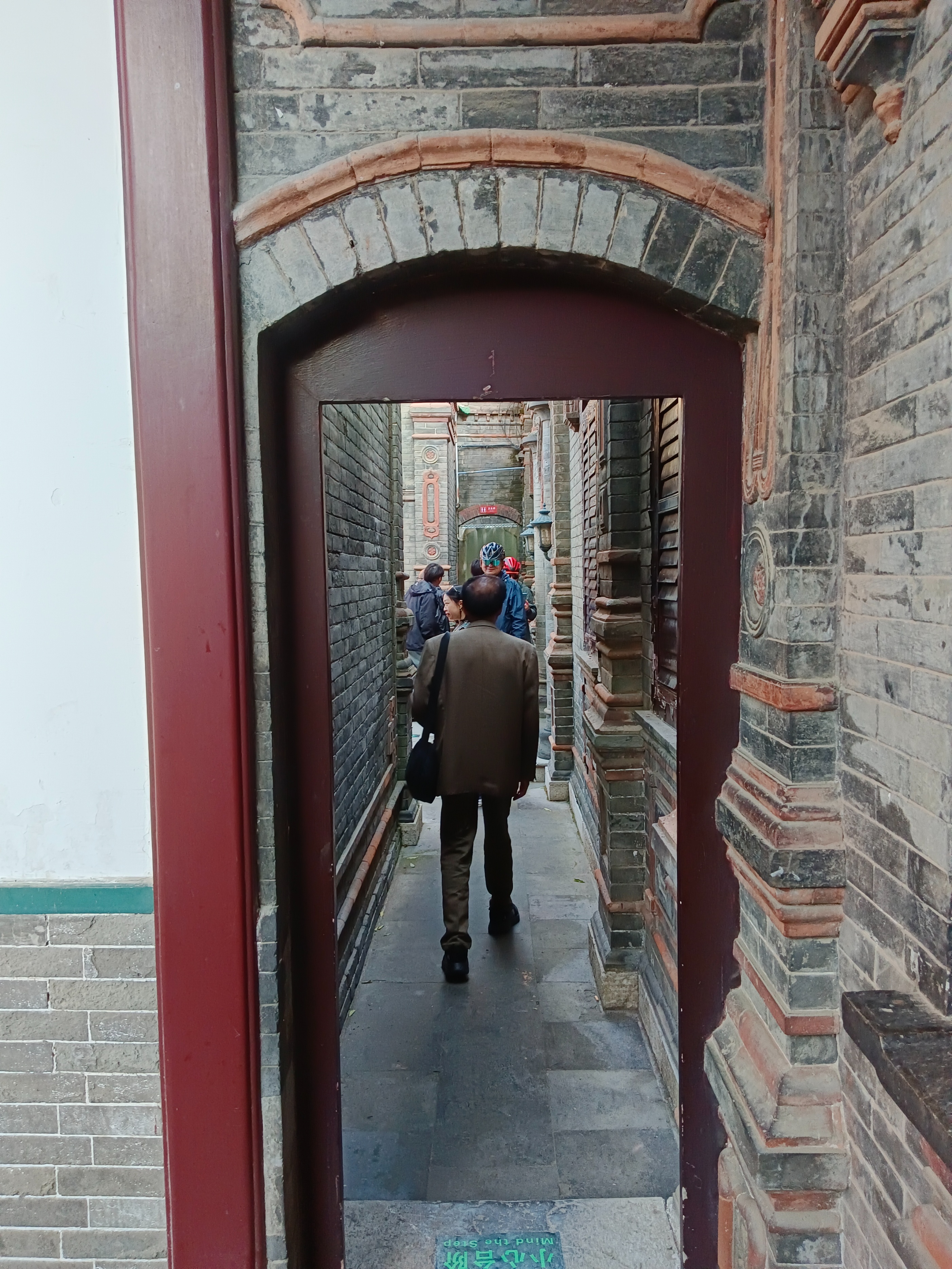
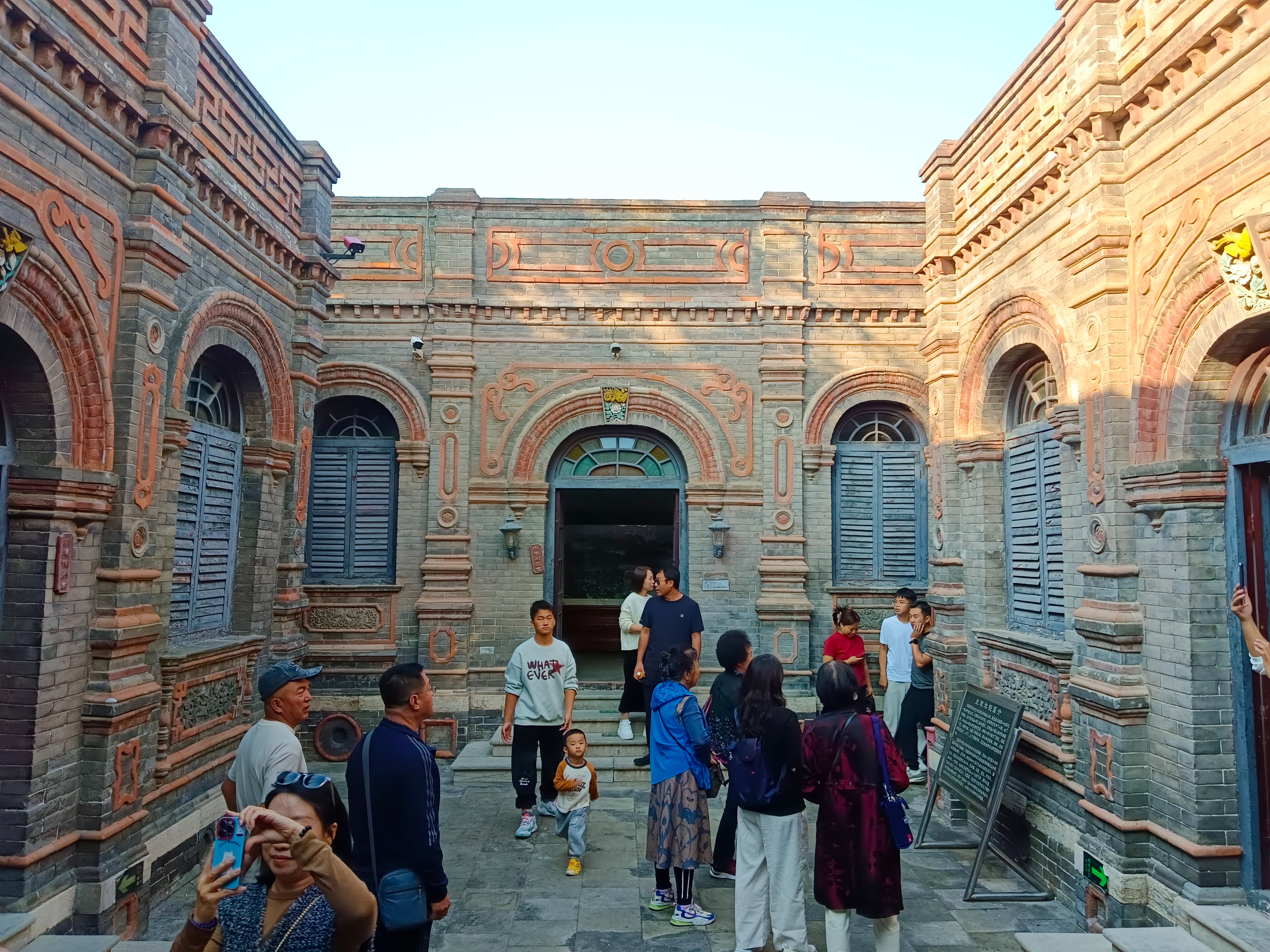
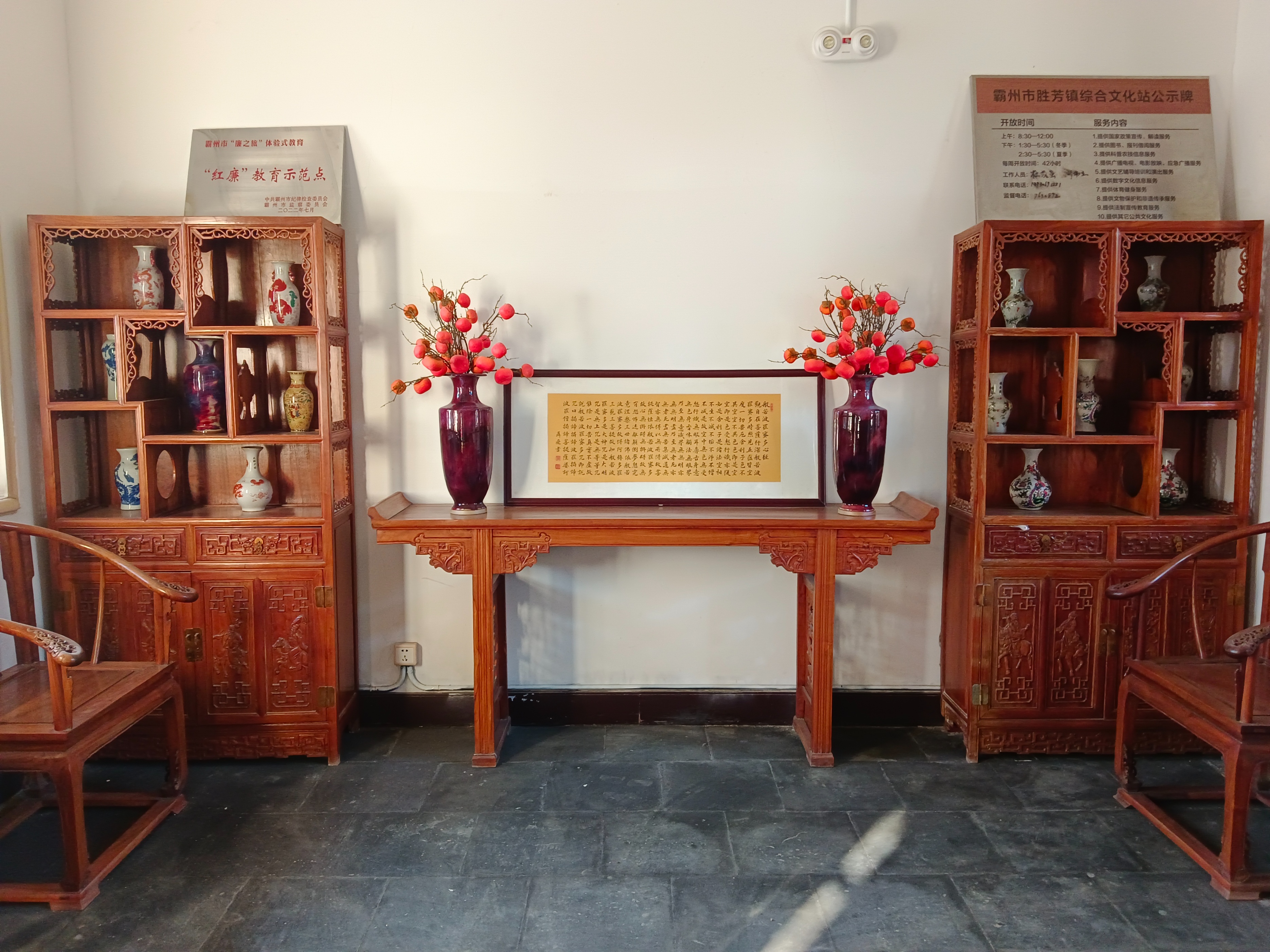
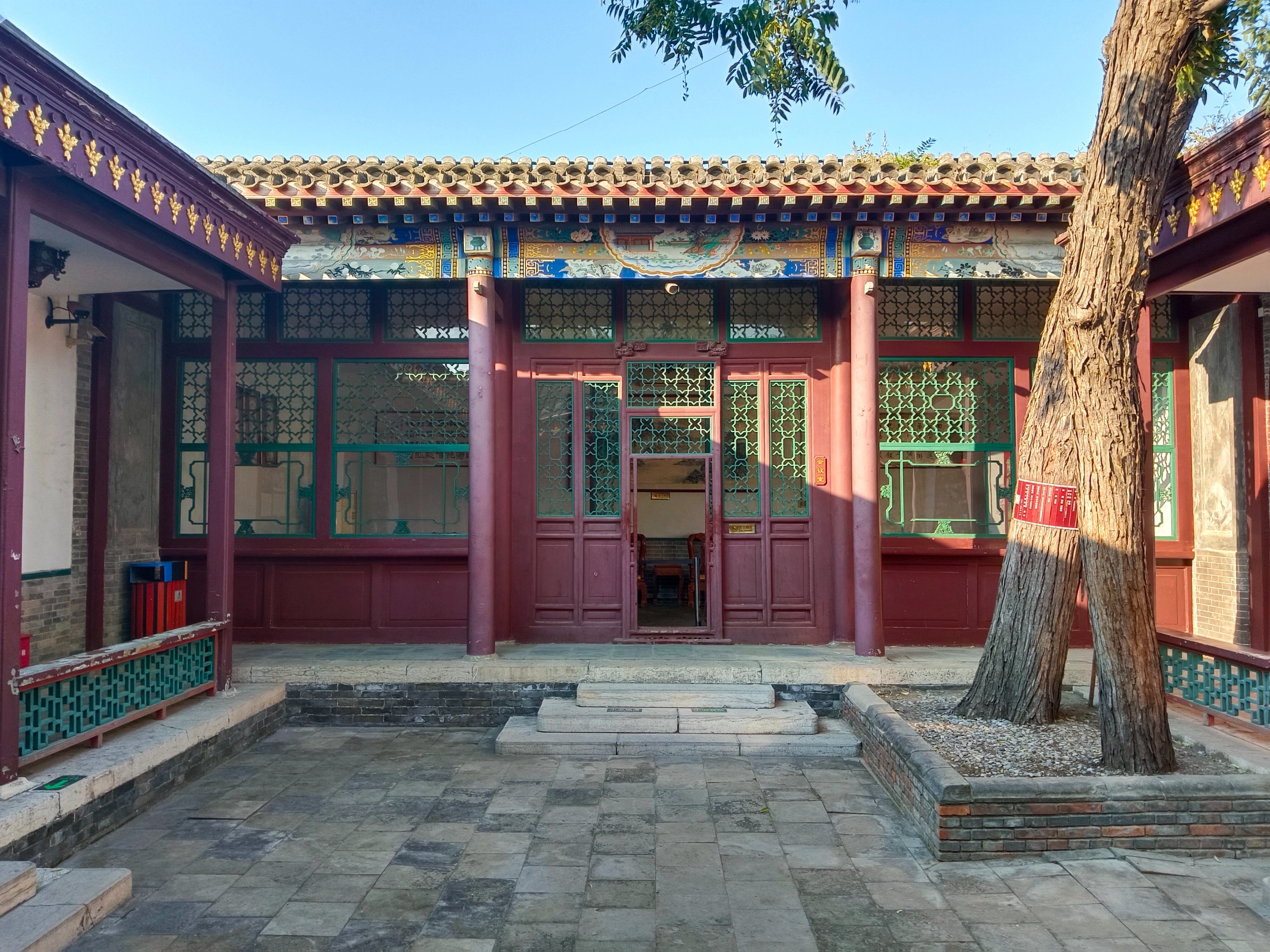
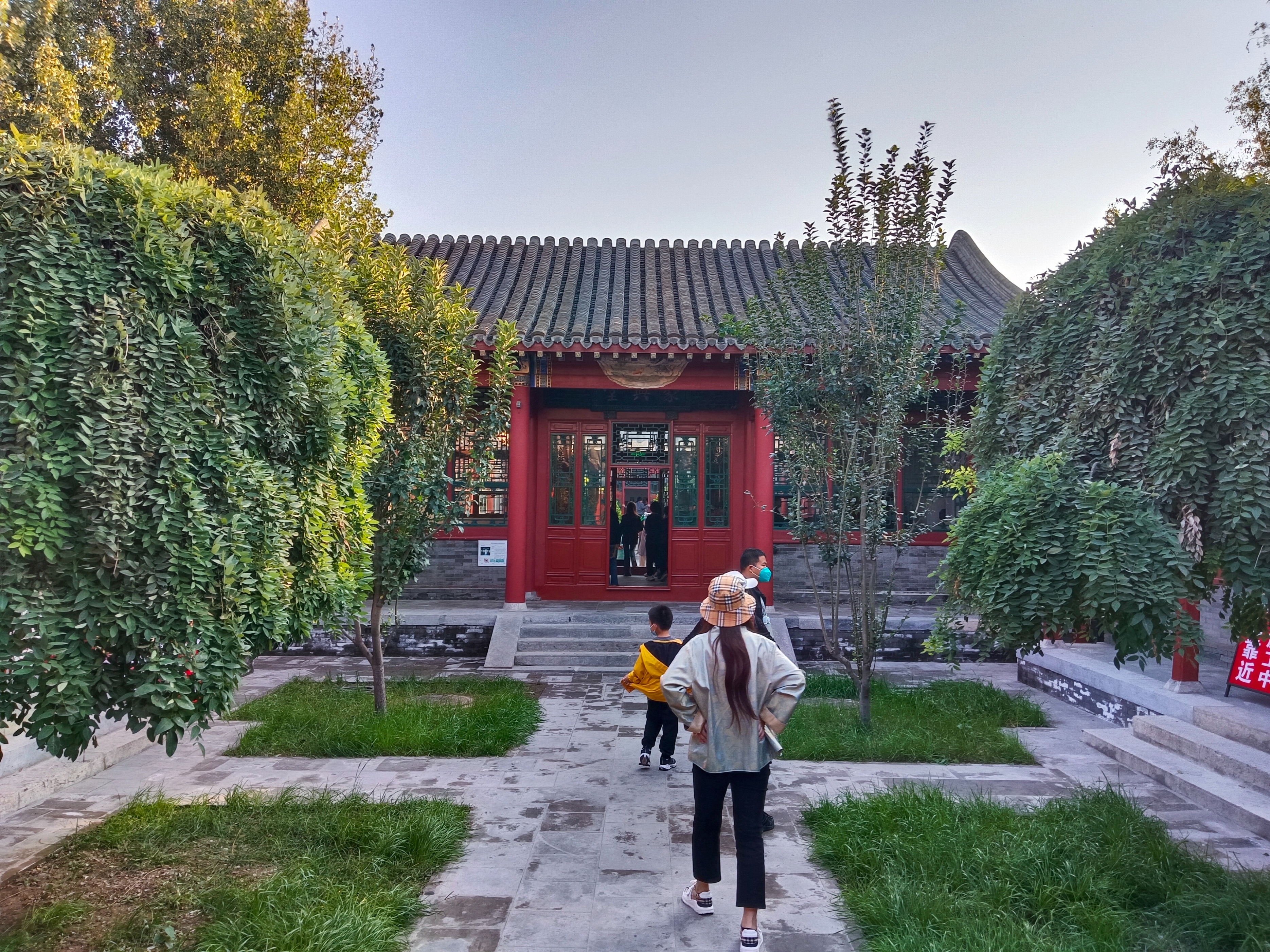
To the west of the compound is the theater.
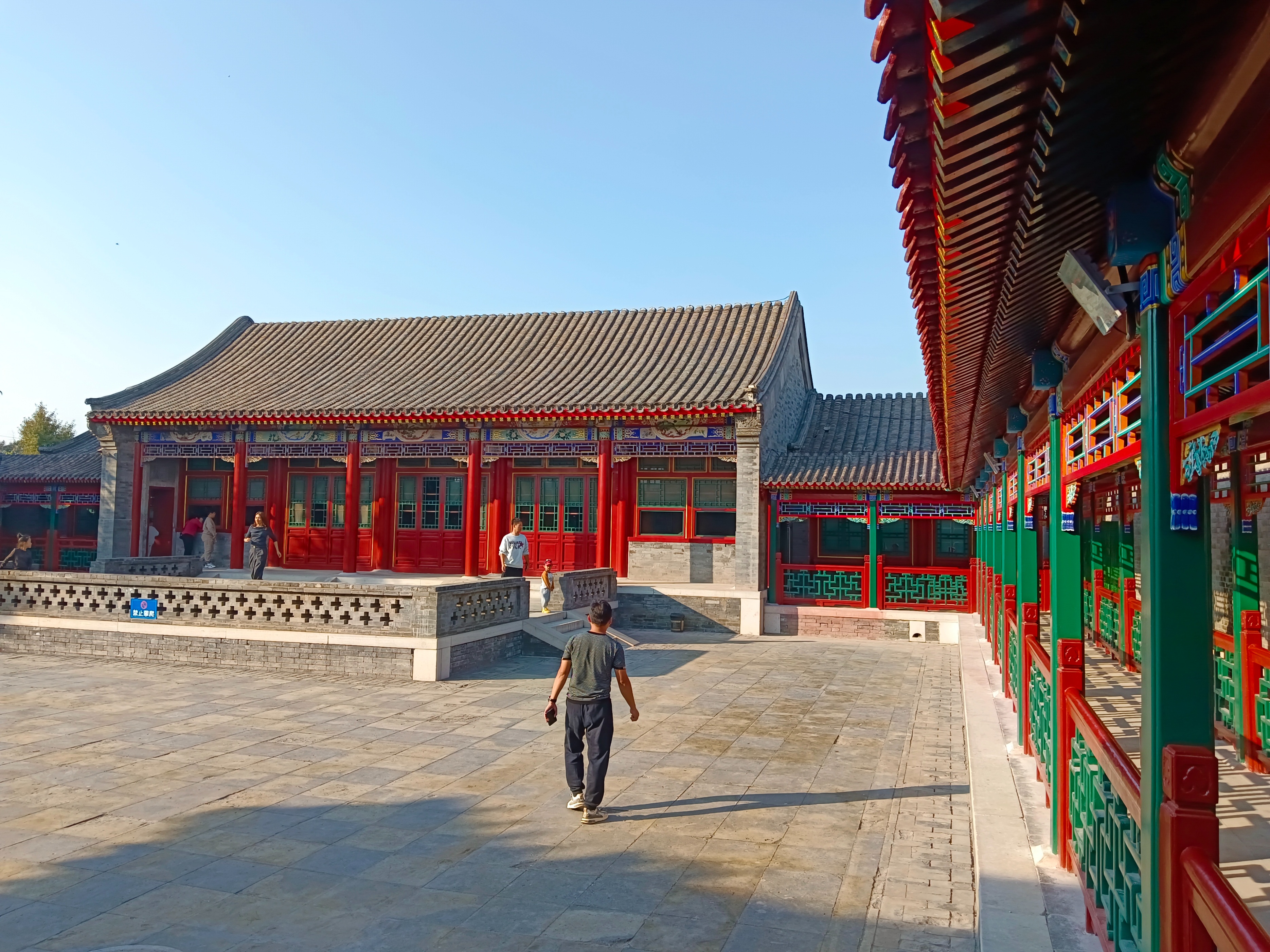
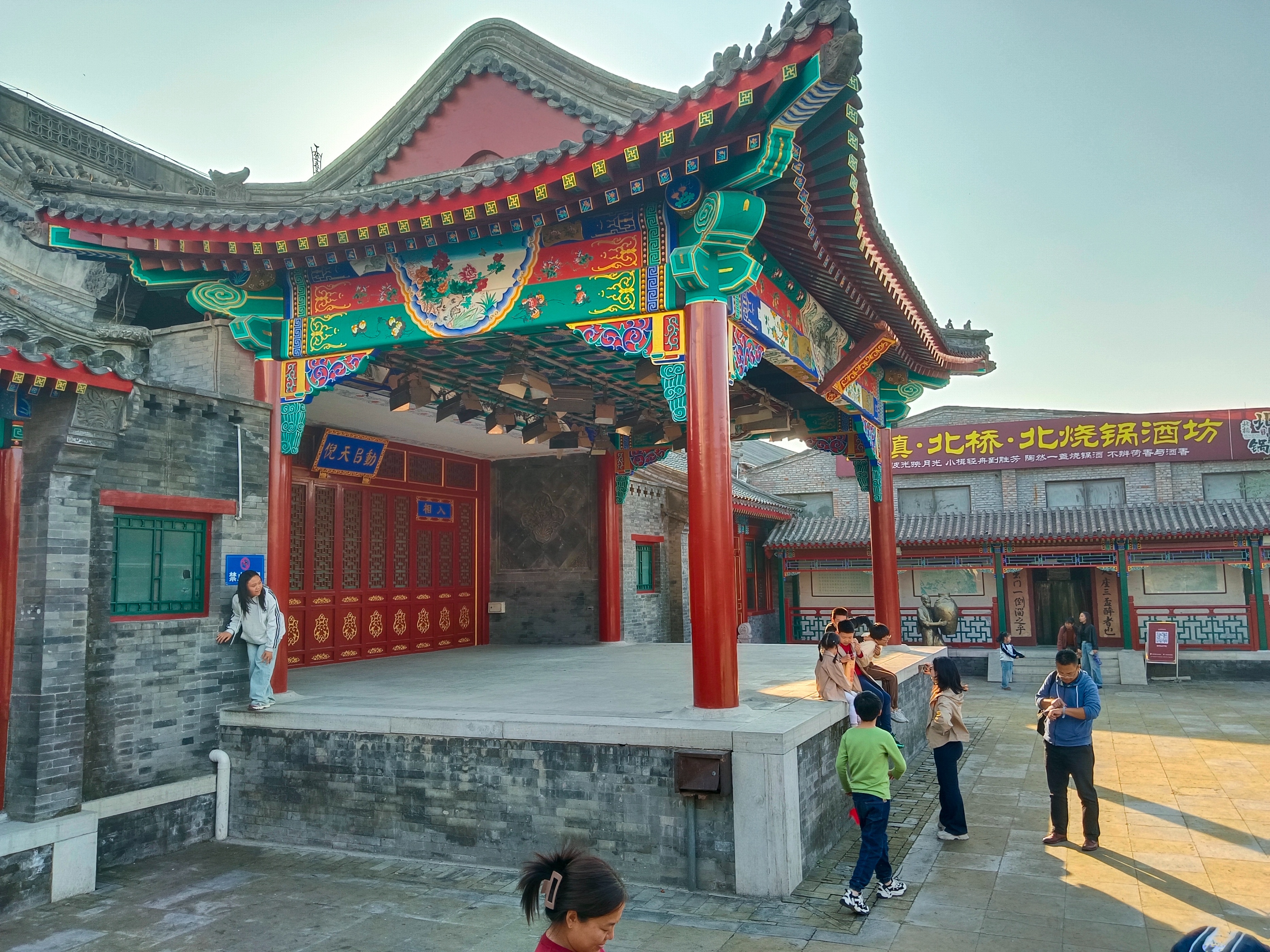
3. Zhang Family Courtyard
The structures of Zhang Family Courtyard and Wang Family Courtyard are similar, both in Chinese and European styles, but Zhang Family Courtyard is more famous. Some people may not know this courtyard, but everyone must know some TV dramas such as "Little Soldier Zhang Ga", "Swallow Li San" and "Dragon Mouth Copper Pot" . Are they familiar?
Zhangjiayuan also has high historical value and significance for Tianjin. "Tianjin Daily", "Tianjin People's Broadcasting Station" and "Xinhua News Agency Tianjin Branch" were all born here.
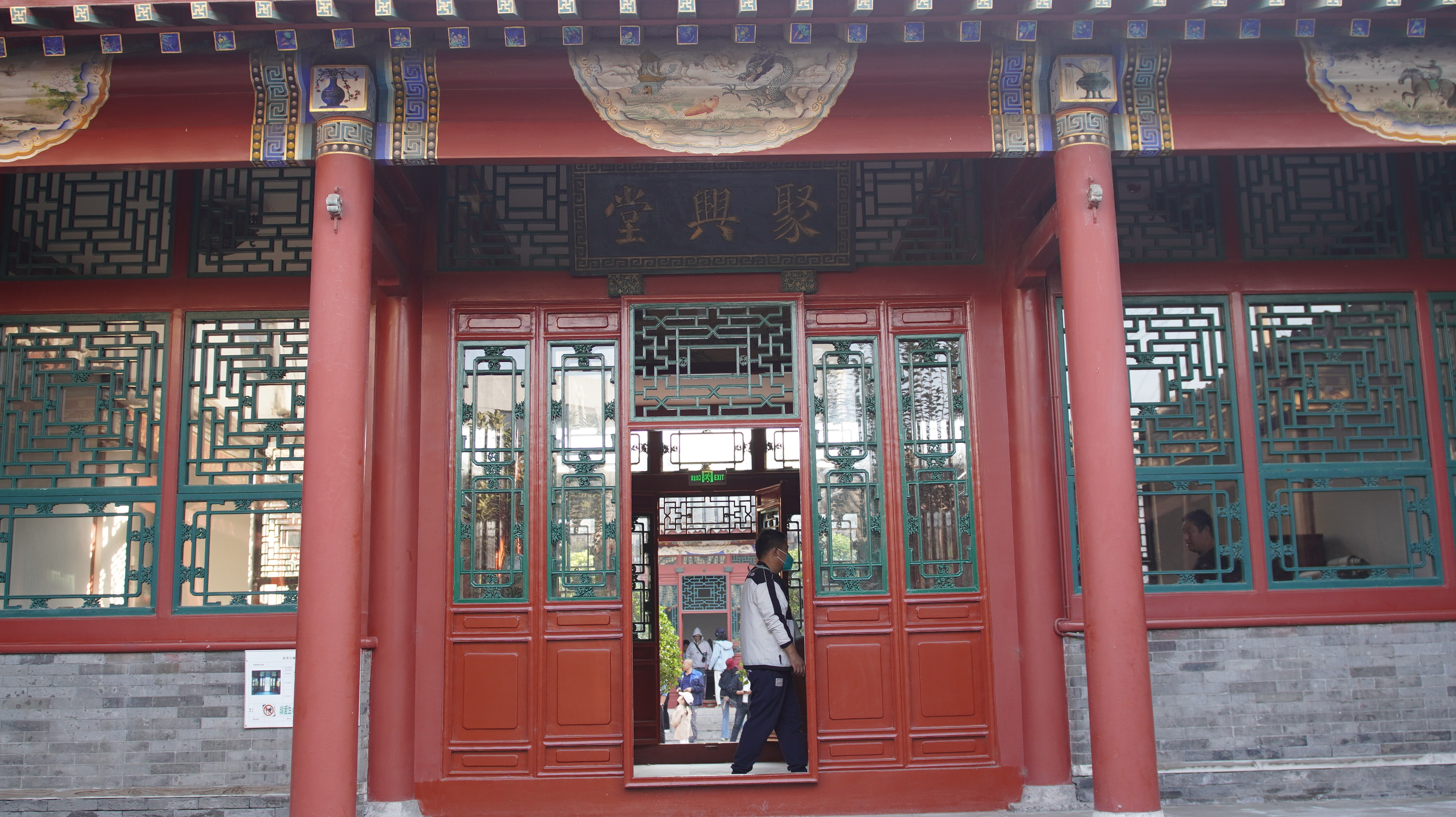
Looking at these thin windows and glass, I can't help but wonder: How did people keep warm in winter in those days? For such a large house, relying solely on a stove for heating would not be very effective, right?
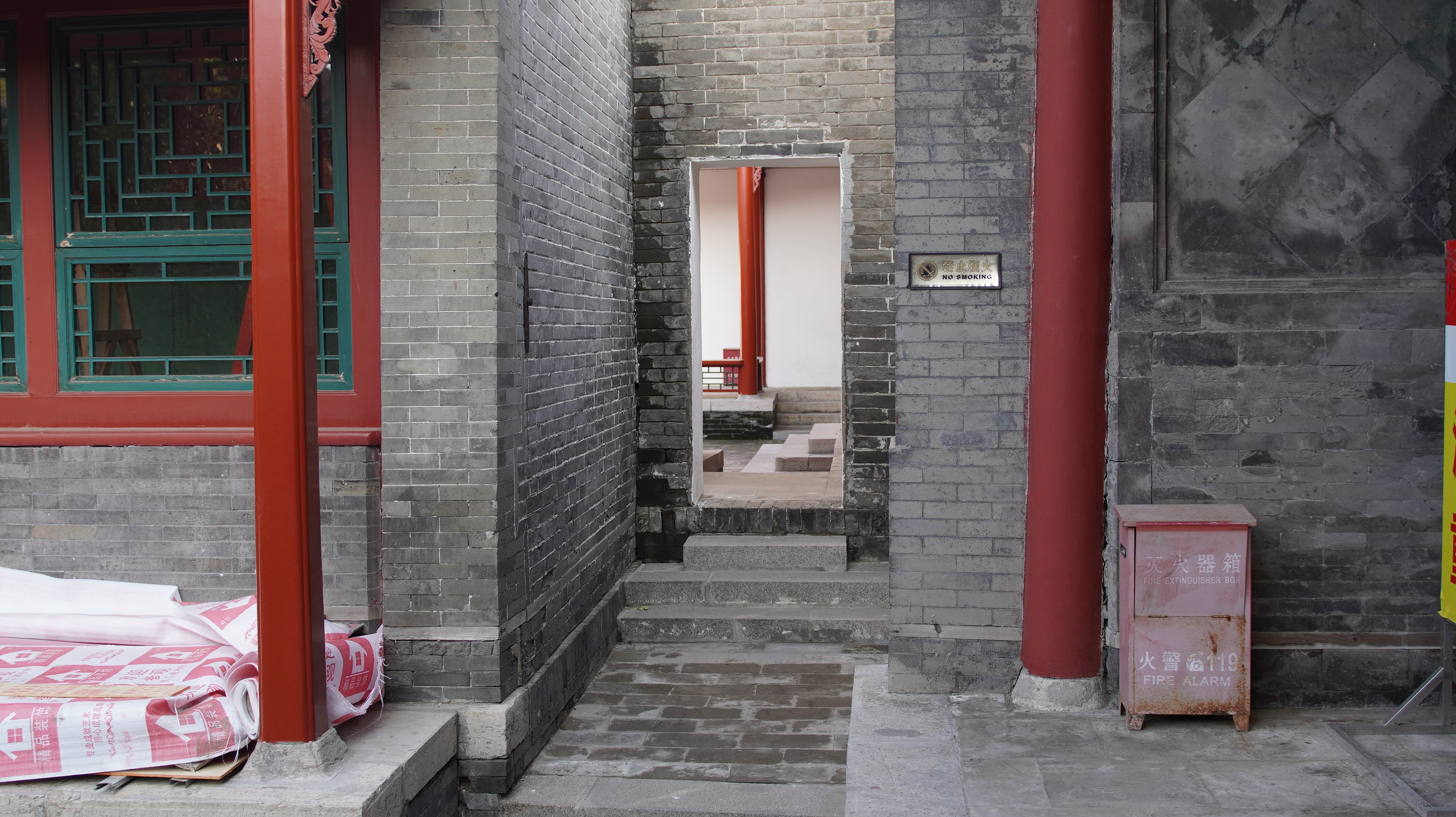
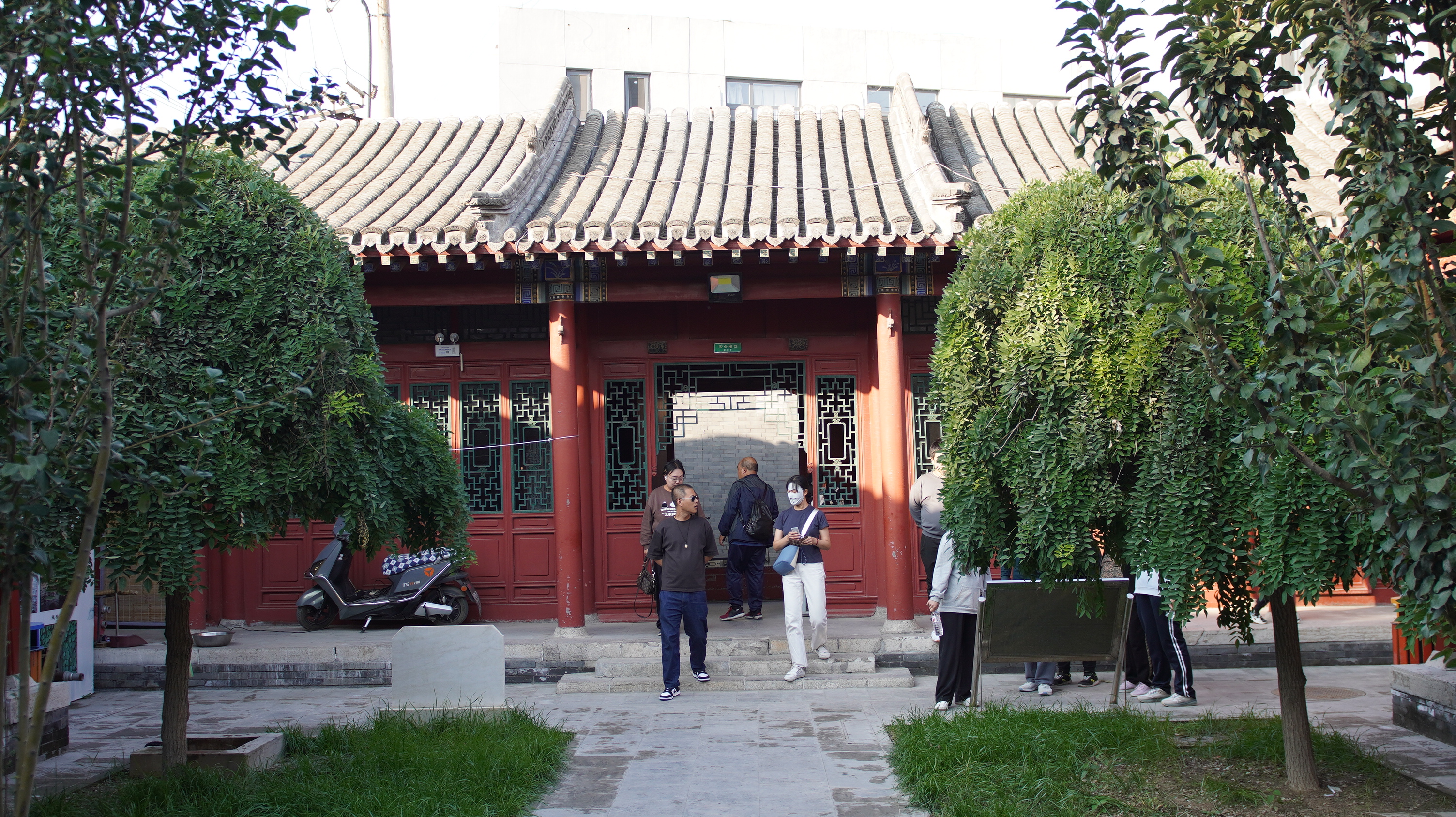
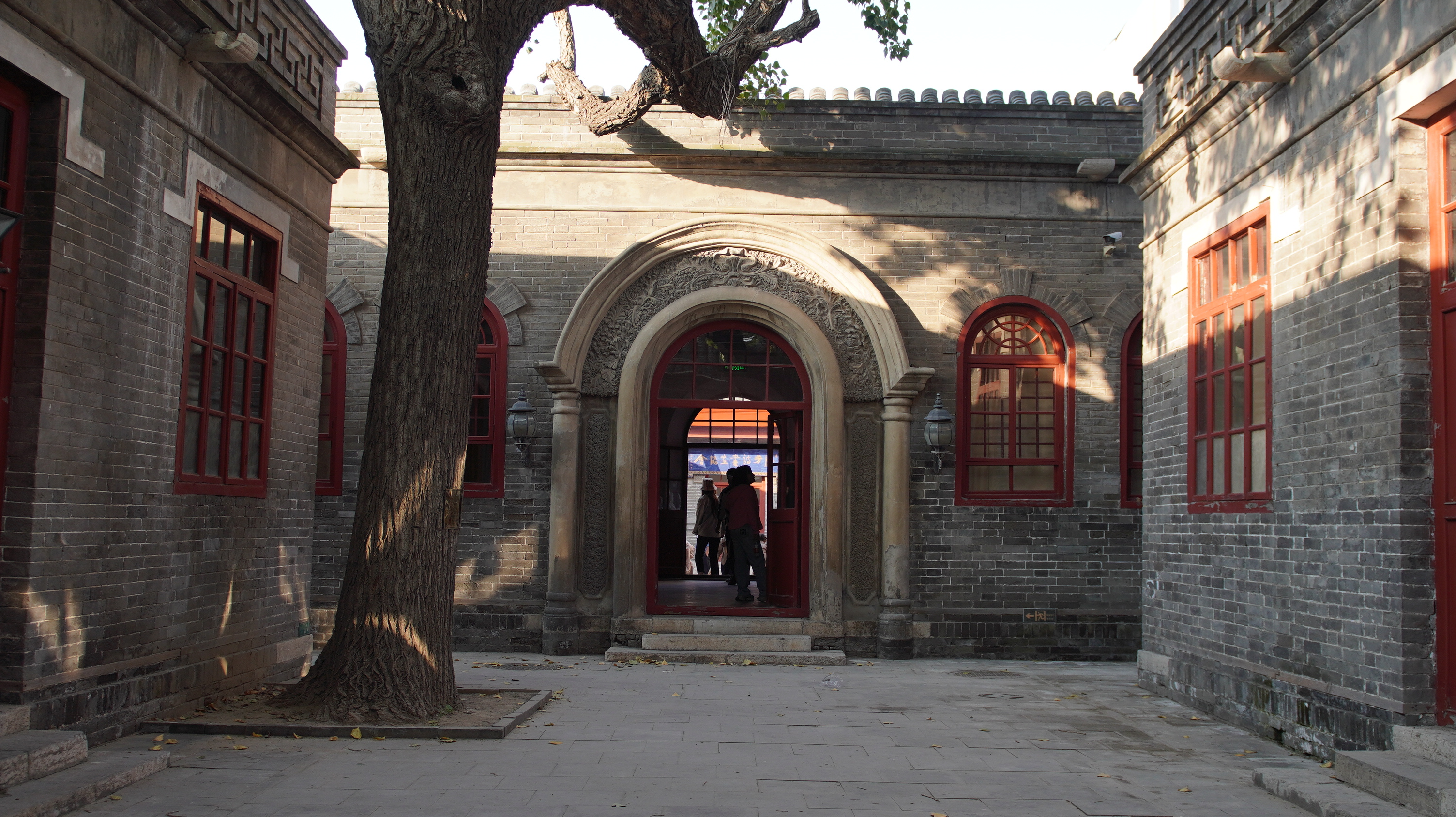

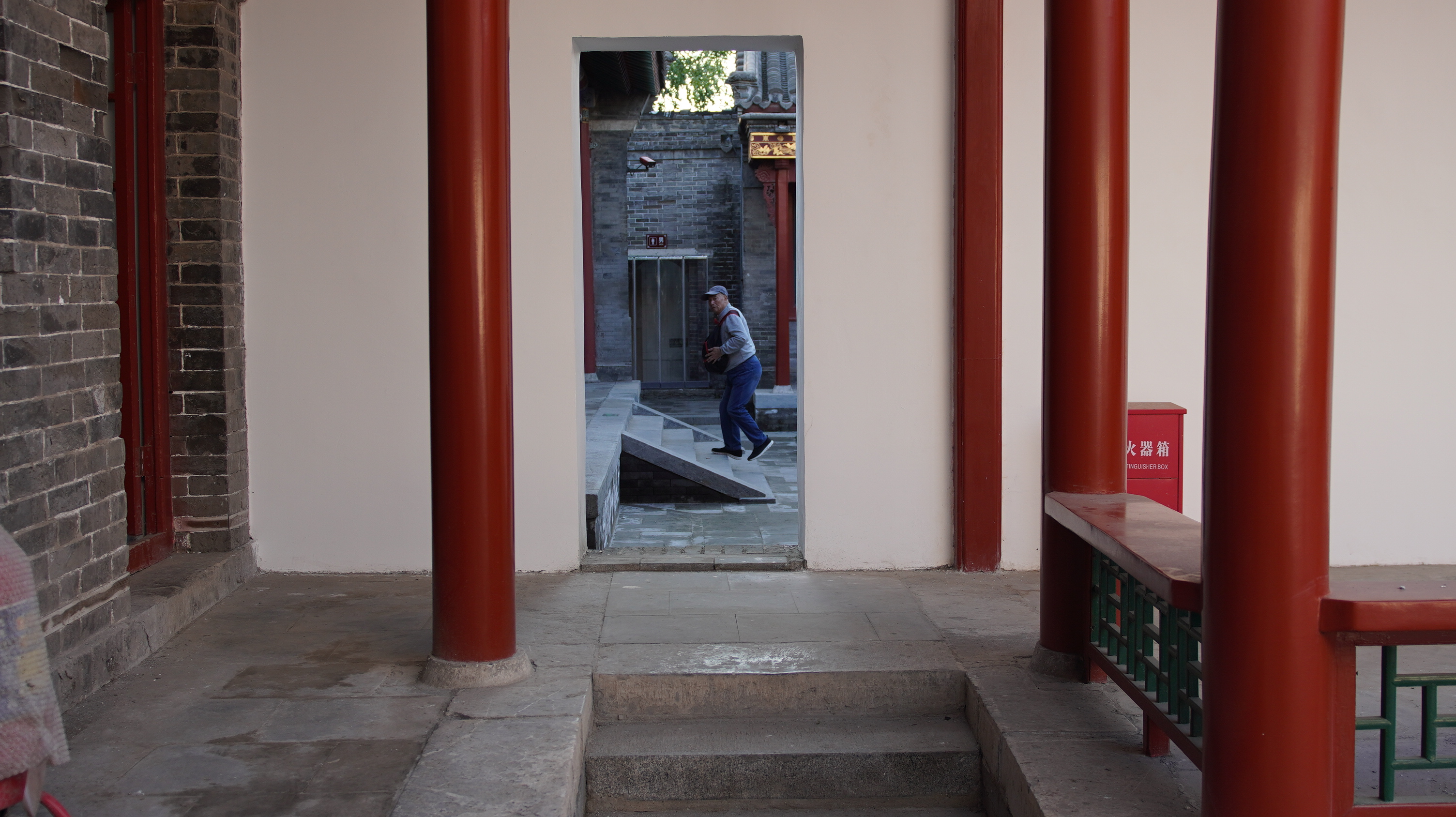
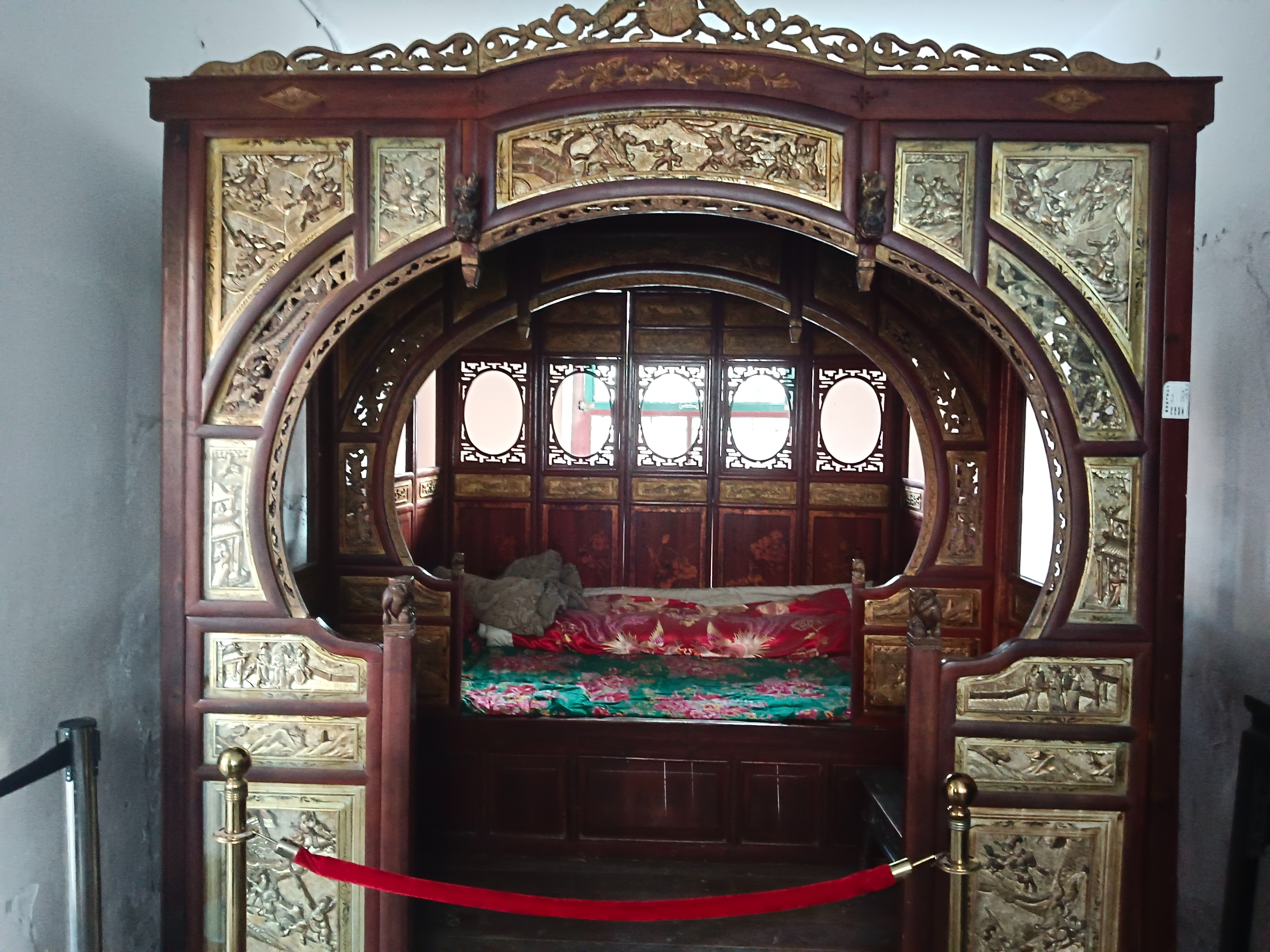
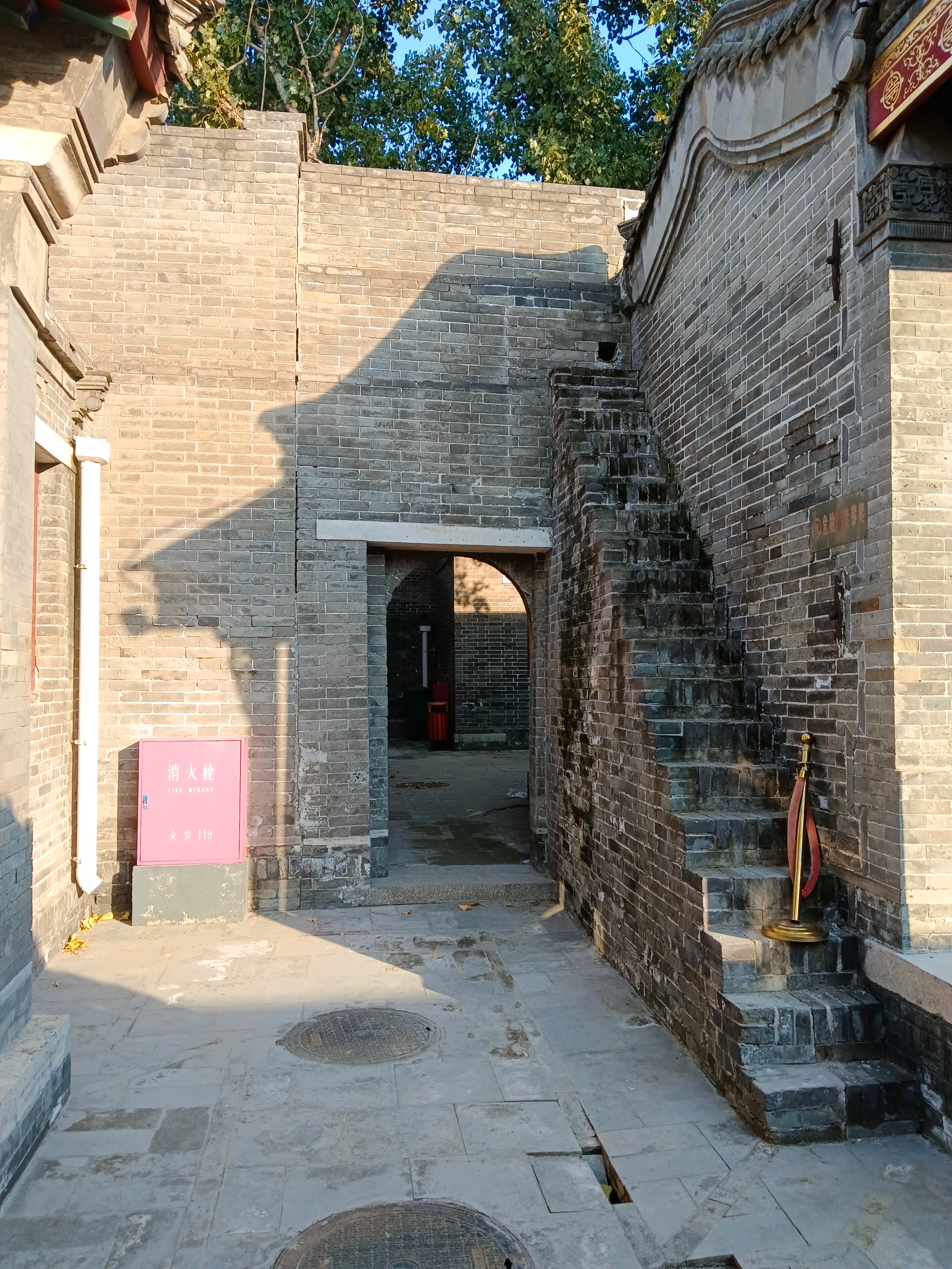
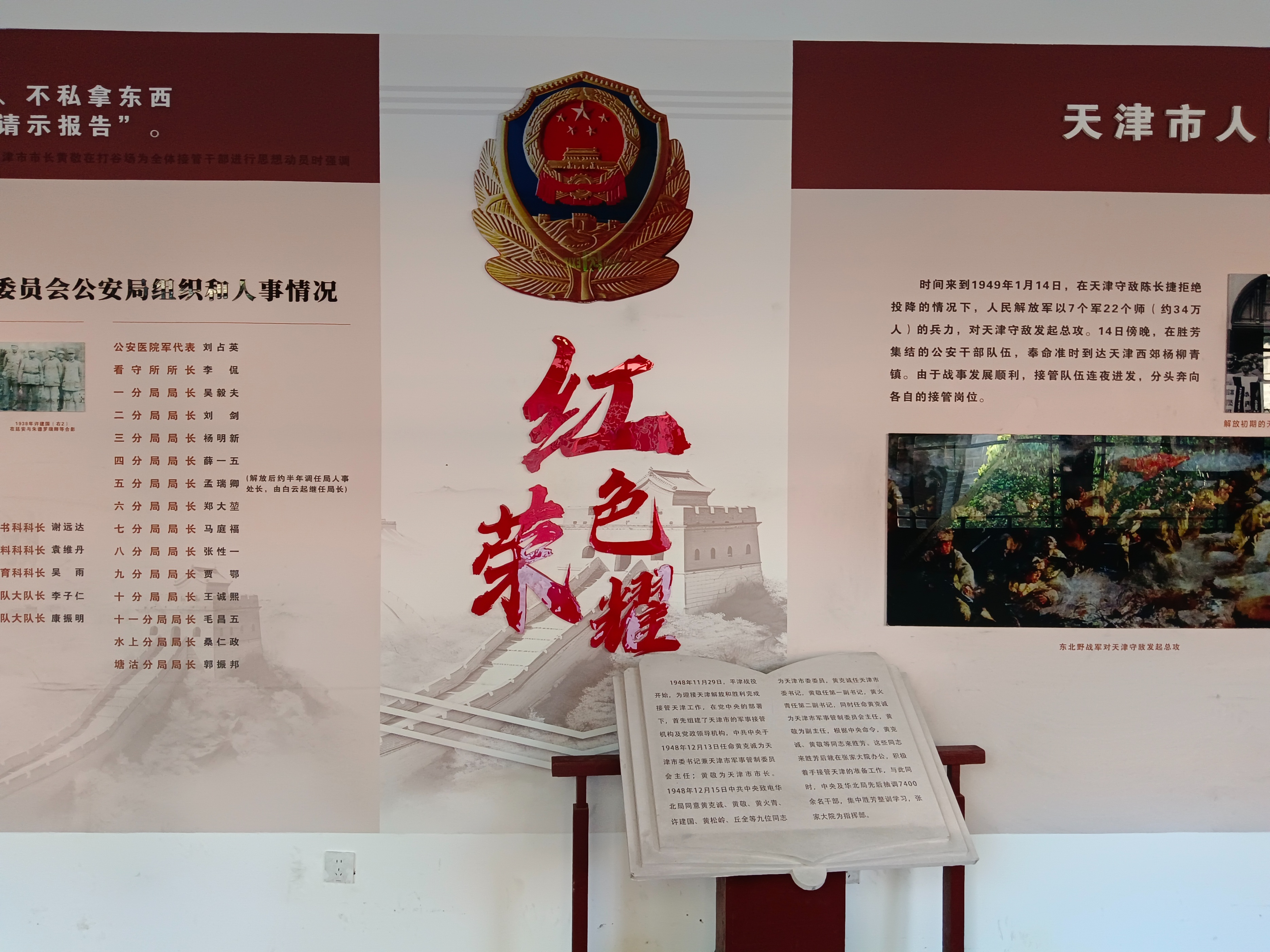
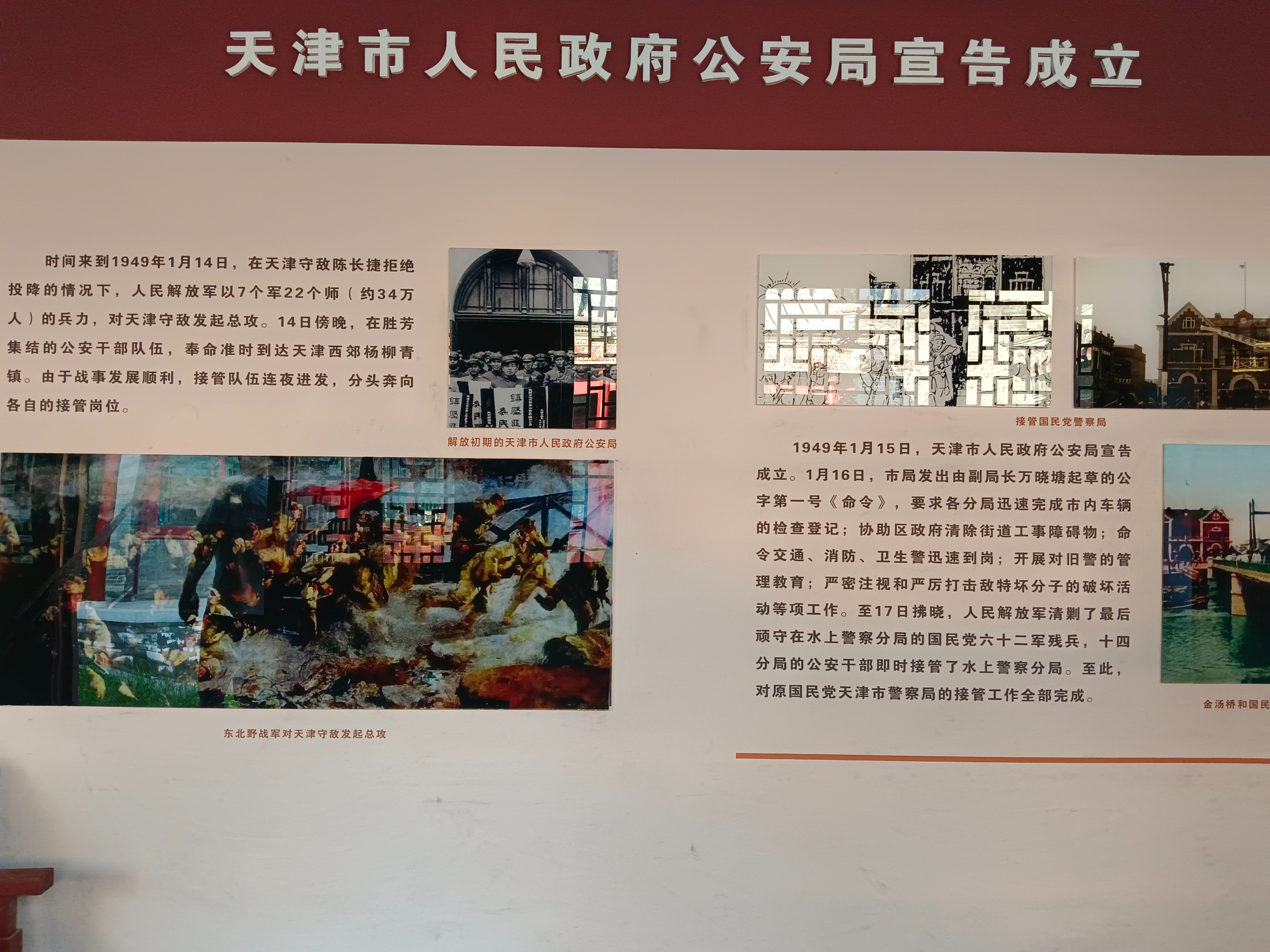

4. Wenchang Pavilion
Wenchang Pavilion is not far south of Zhang Family Courtyard, and it is nice to stroll along the way.
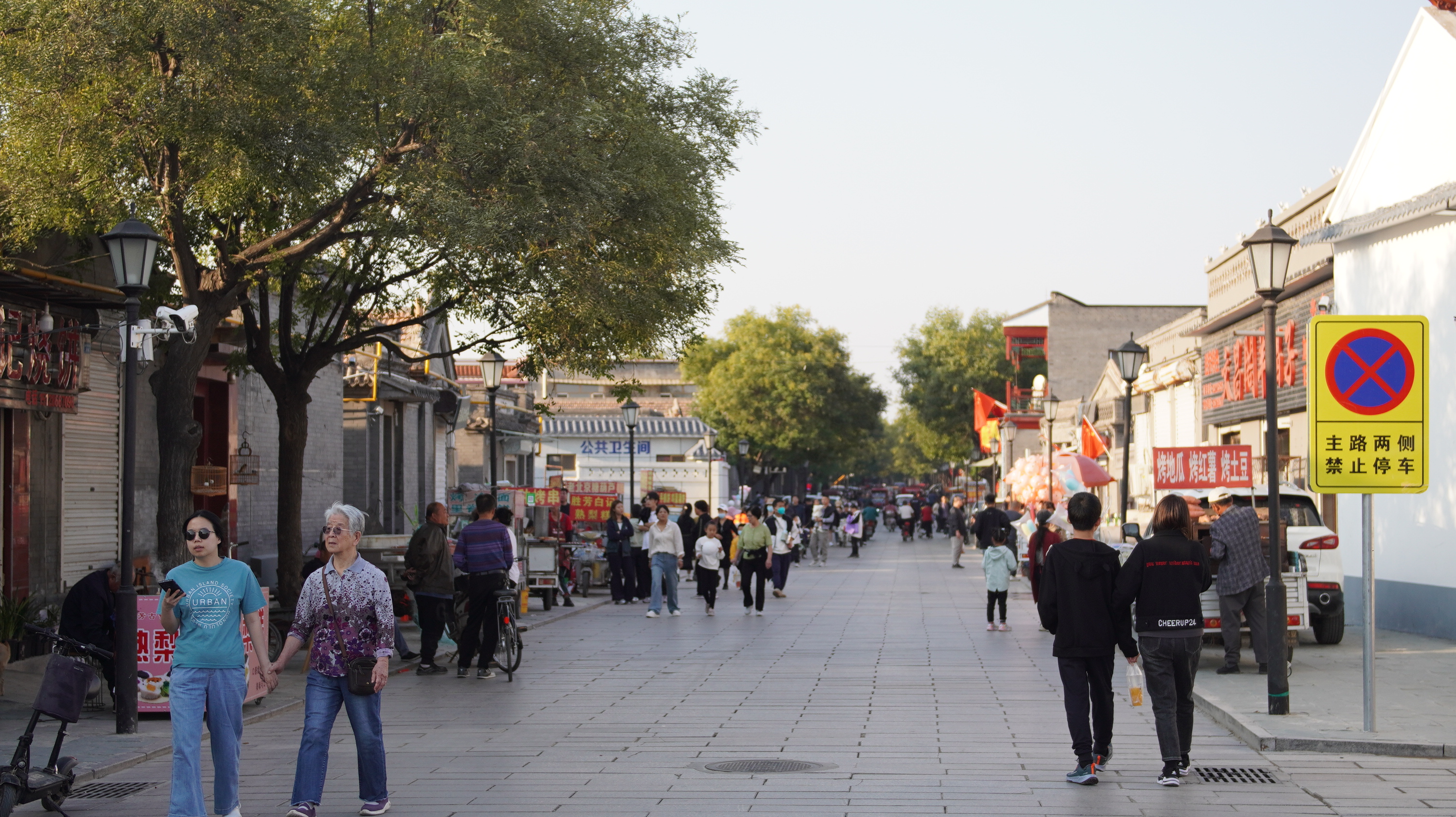
There is a large lotus pond around Wenchang Pavilion. Although the flower season has passed, the small bridges and flowing water still have some charm. Although Wenchang Pavilion can be climbed, it is not possible to see far away, which is a bit regrettable.
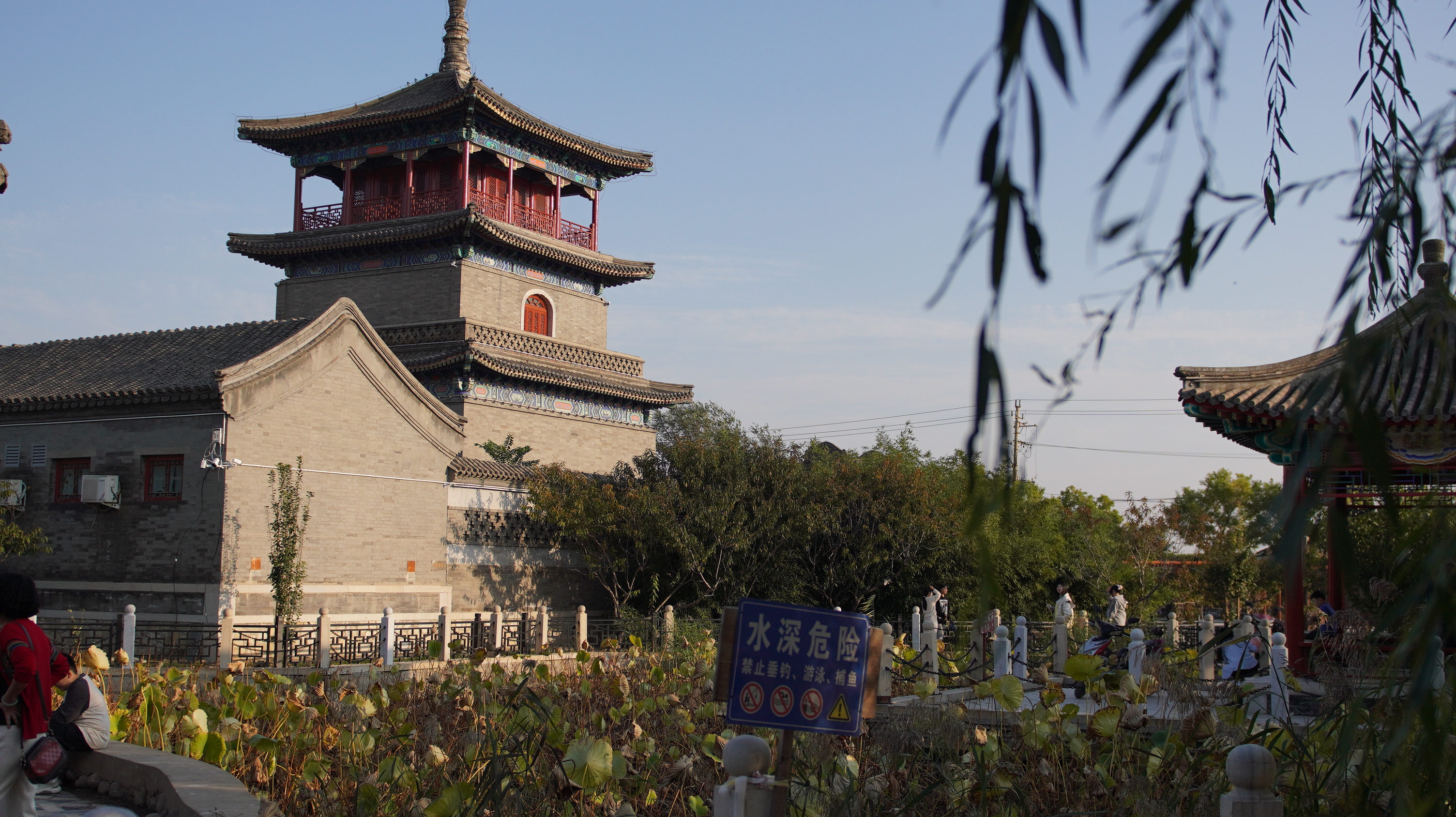
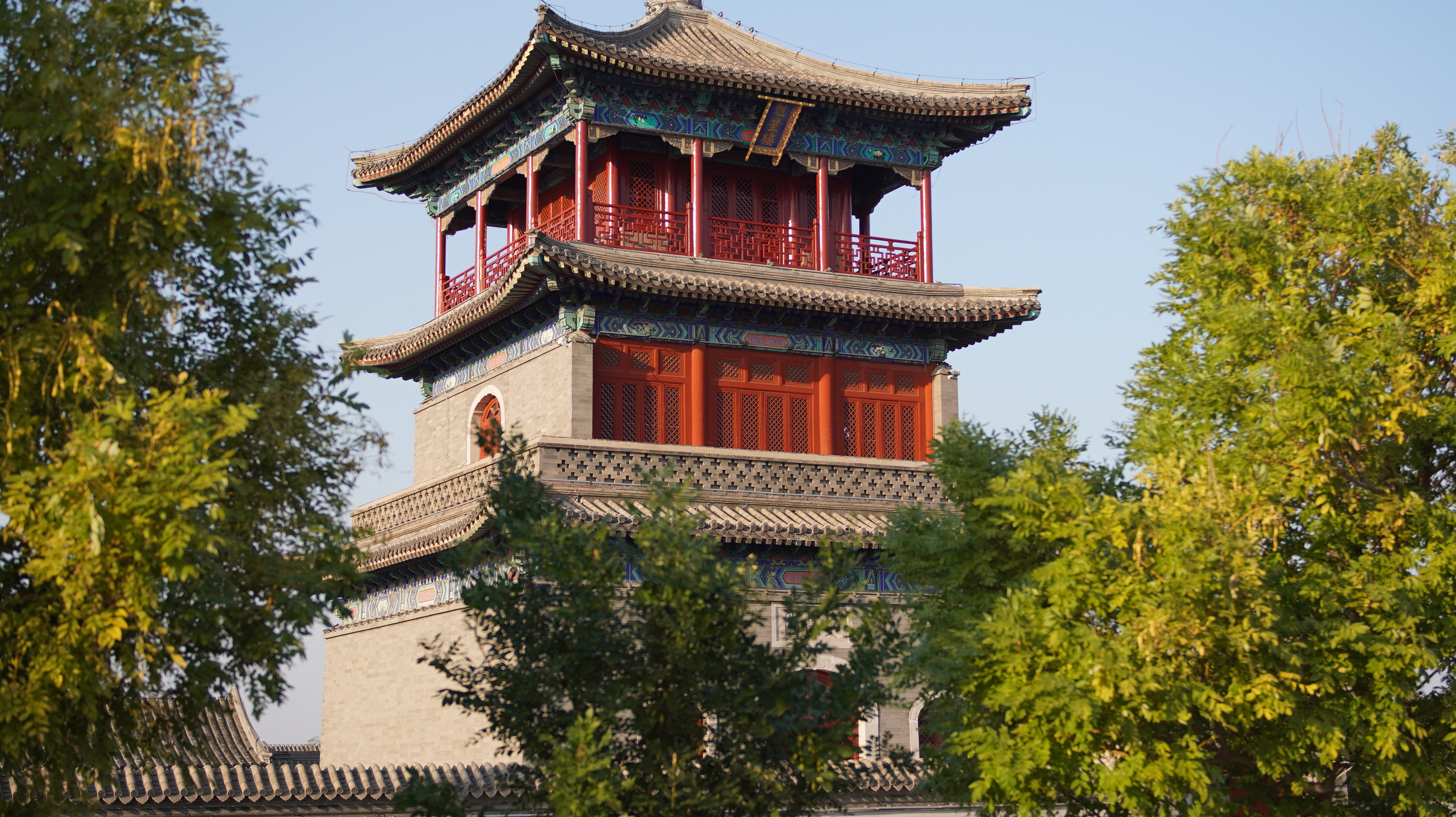
I think this is the most suitable photo. It is so close and beautiful. I went to Hebei on the weekend.
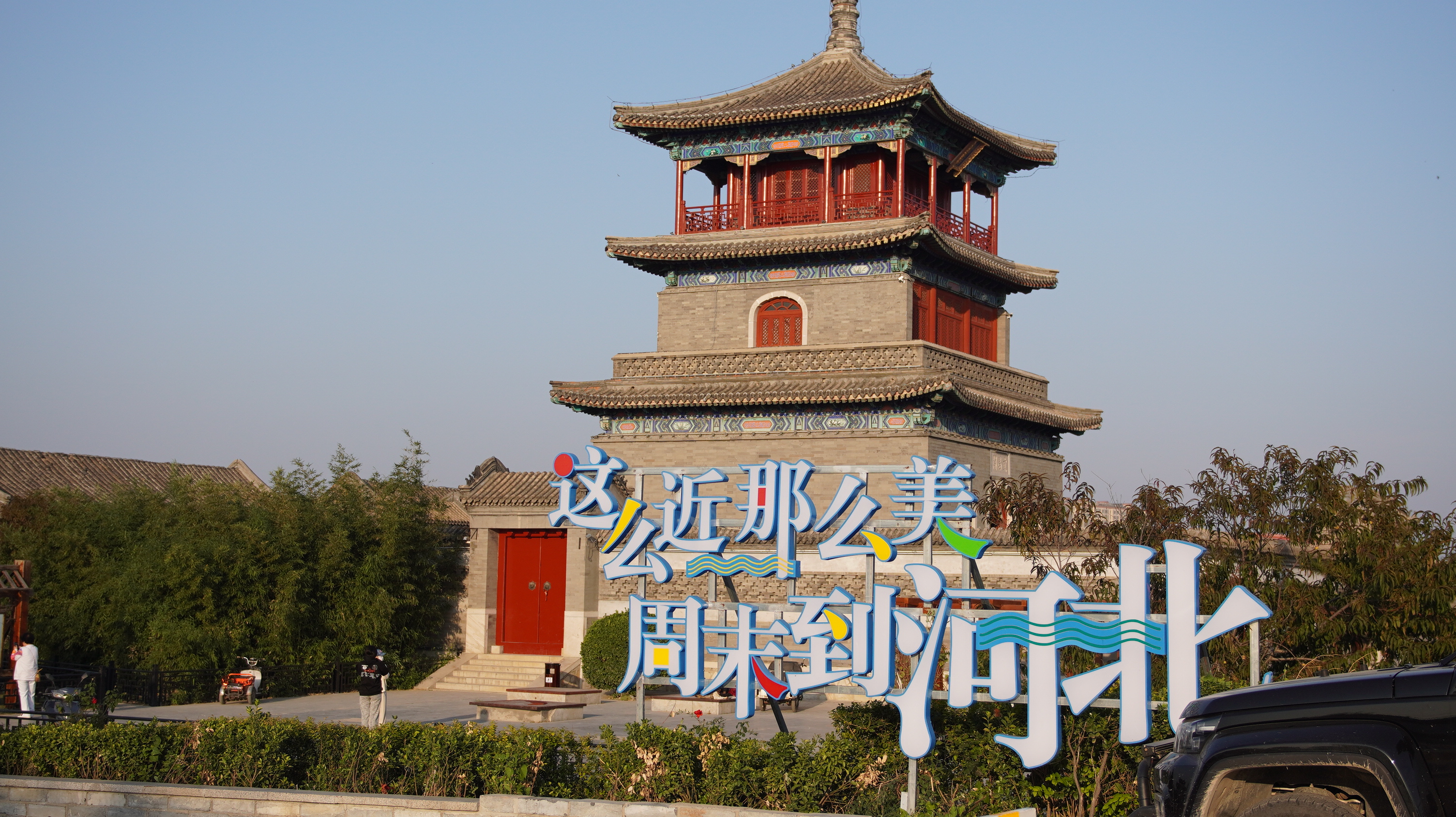
The small pavilions around are a good place for people to relax.
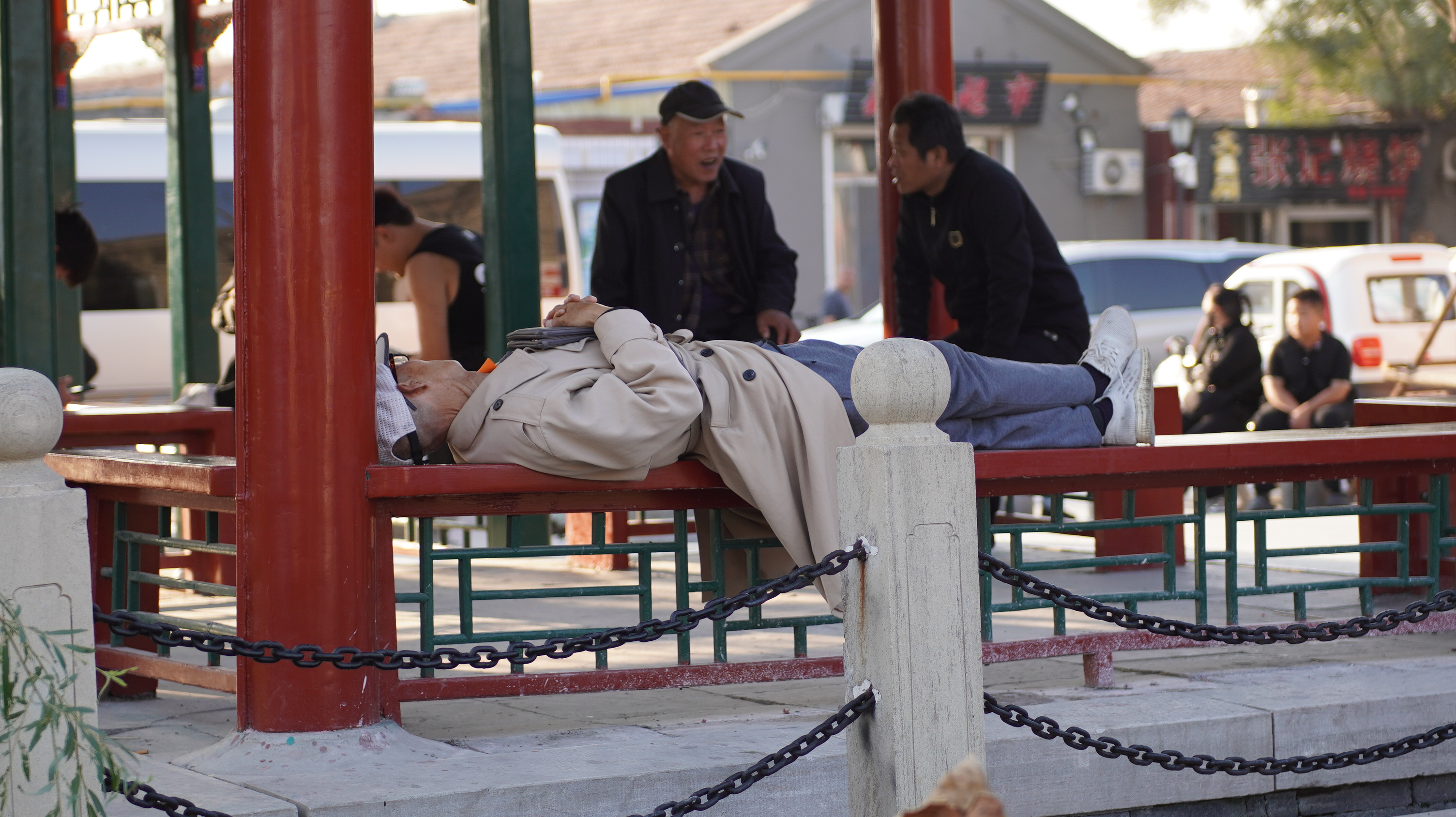
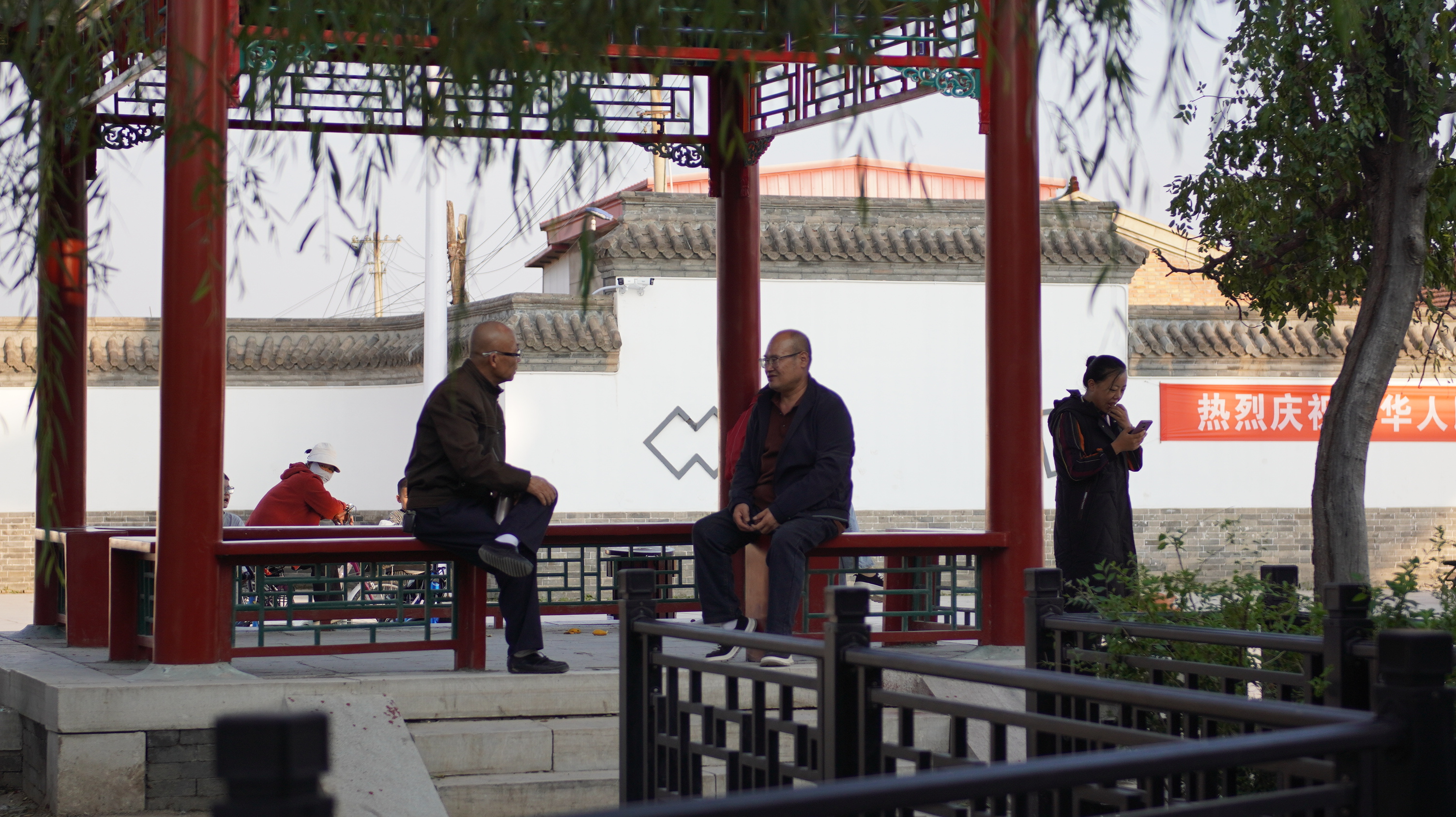
The big archway next to Wenchang Pavilion
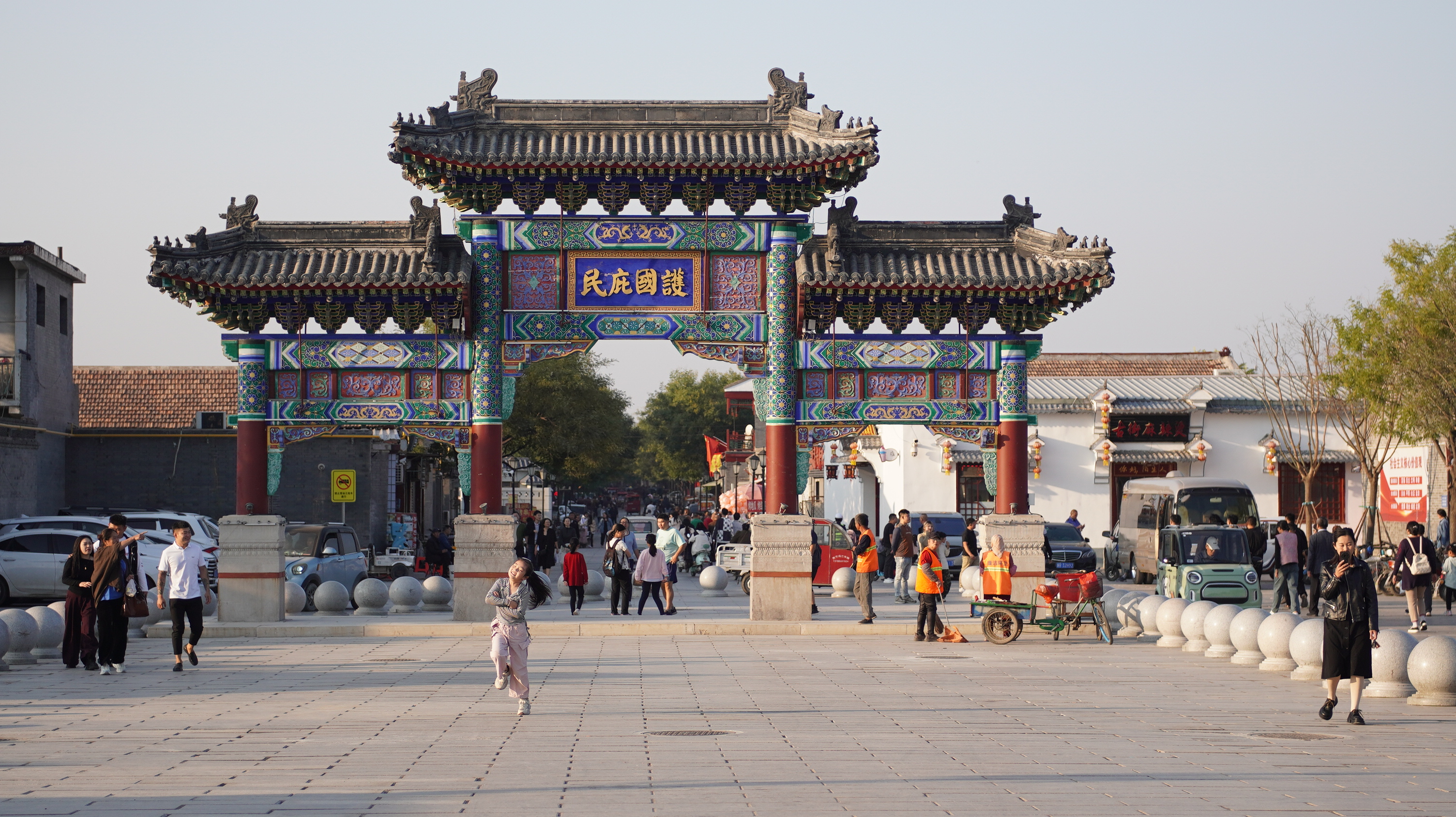
Food: There are not many food in Shengfang, which is similar to the surrounding areas. The famous one is Beiqiao Fried Cake, which has a long queue. It is crispy on the outside and tender on the inside, sweet and delicious.
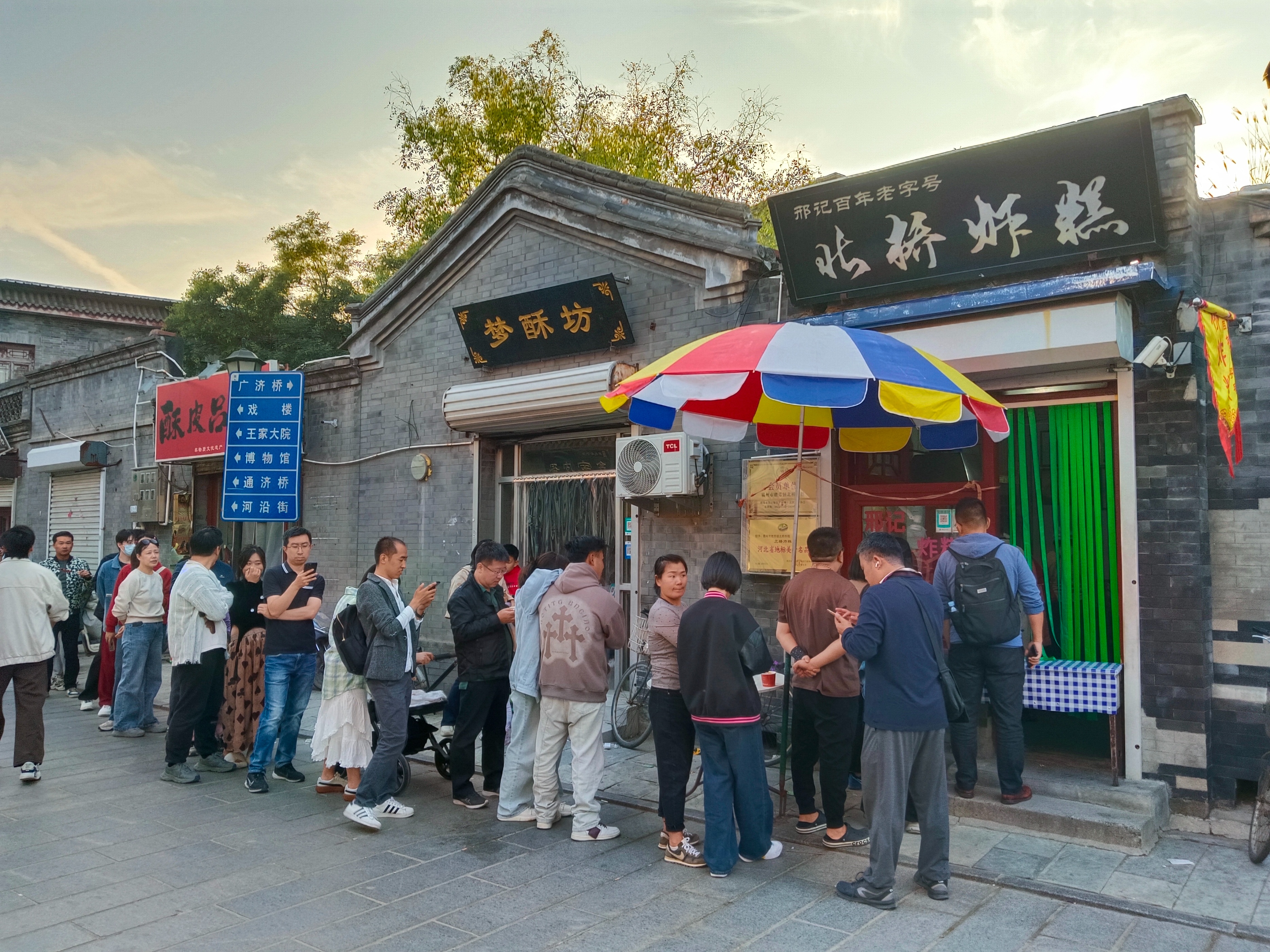
In general, Shengfang’s food is very cost-effective. I also had a bowl of noodles with soybean paste, which was a large portion and only cost 7 yuan.
Street view, it looks pretty good, doesn’t it?

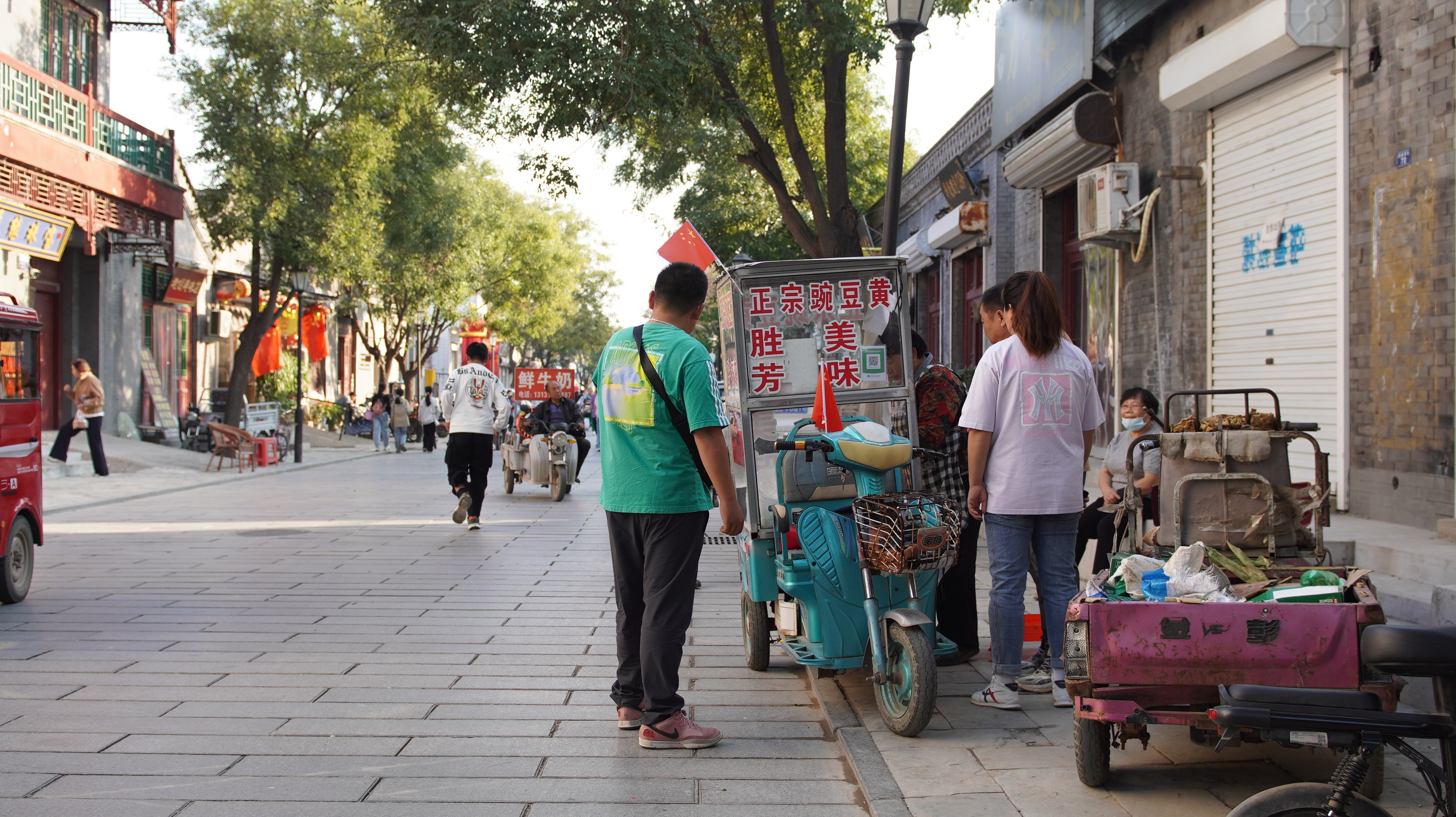
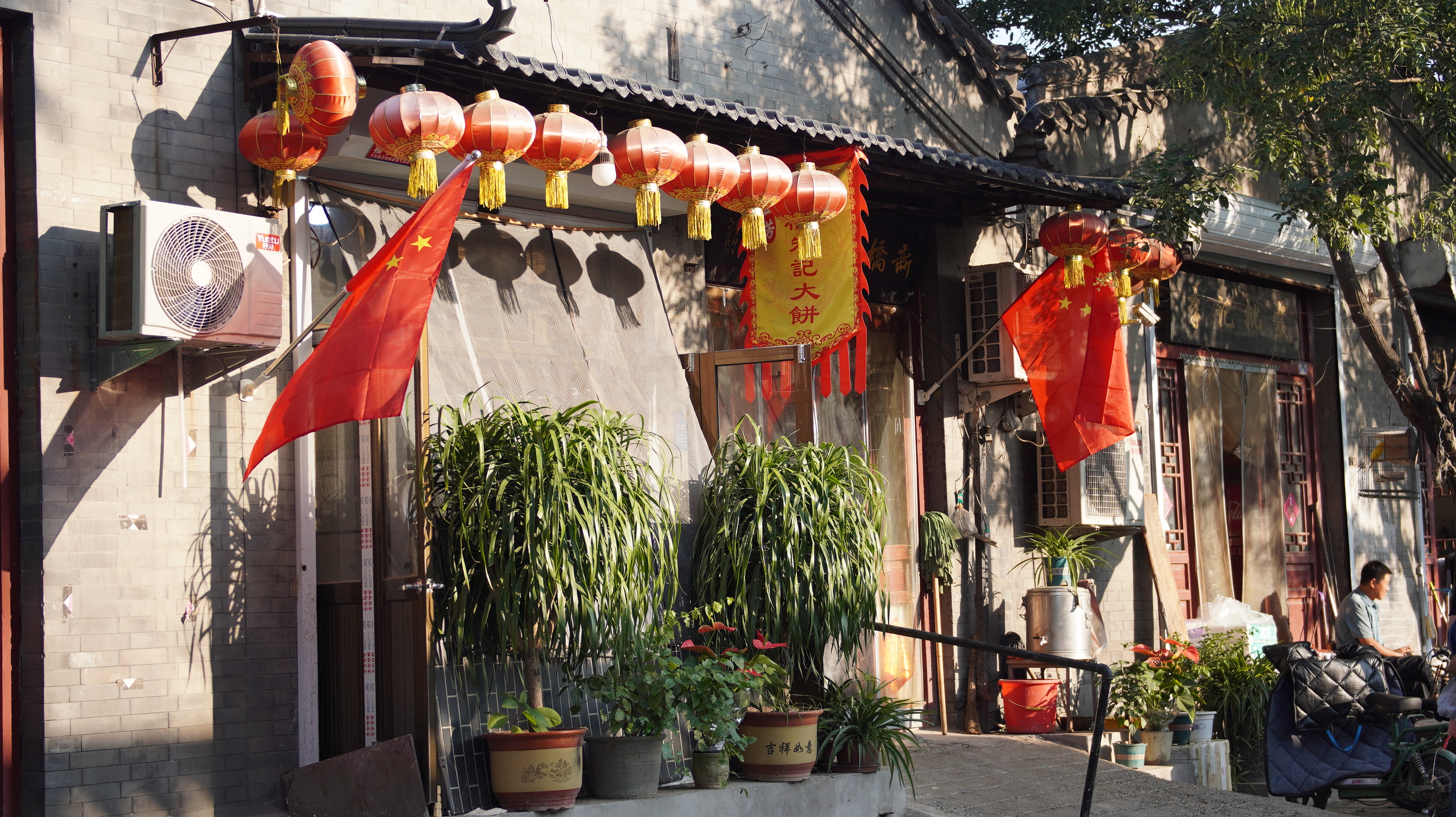
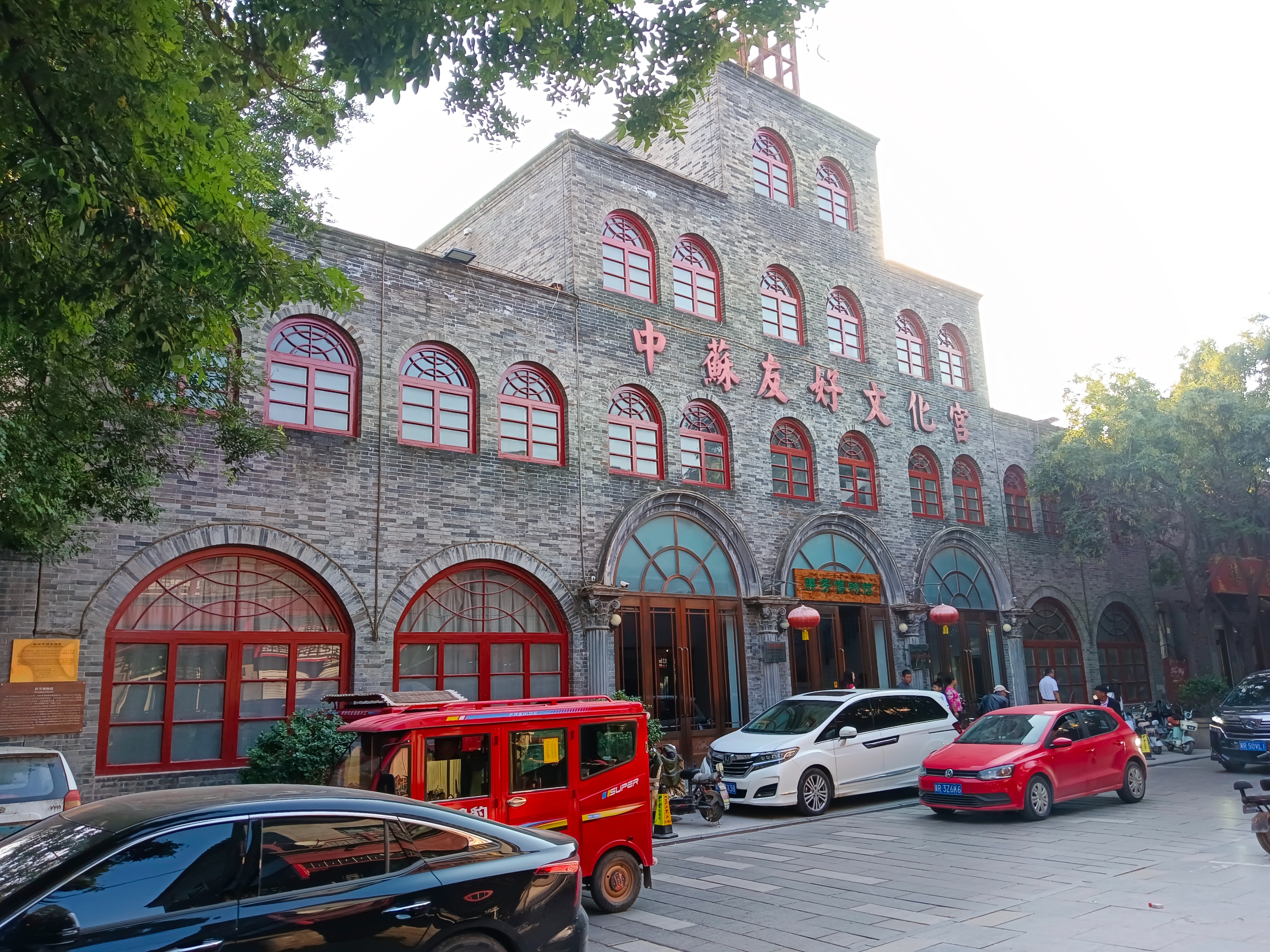
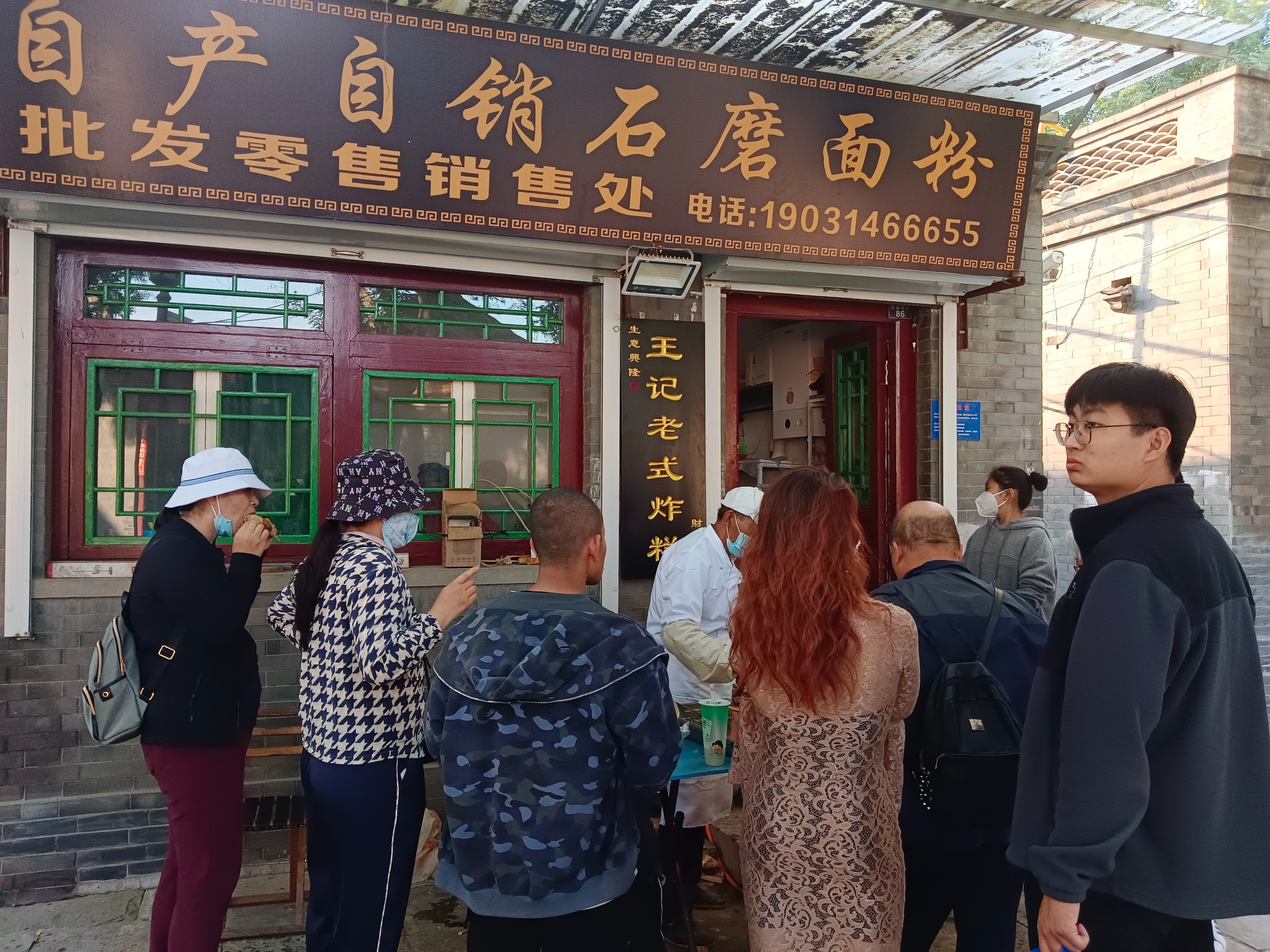
Overall, I am very satisfied with this half-day trip to Shengfang. If it is during the Chinese New Year or when some activities are held, the experience should be even better. Finally, I would like to ask everyone a question. After reading my introduction to Shengfang, would you spend half a day or a day to visit?
Statement: The above photos are all from travel photography, and frontal photos have been avoided as much as possible. If there is any infringement, please contact us to delete them.
相关文章
- Don’t miss these 10 must-see attractions in Xiamen. It’s worth it if you visit more than half of the
- The 15 most worthwhile attractions in Wuhan. If you haven’t been to more than 8 of them, you haven’t
- After a trip to Tacheng and Kashgar, I can tell you the truth: there is indeed a huge difference bet



